Cycling is Religion: Inside Roeselare's cycling museum - Gallery
A church full of memorabilia showcases just how much the sport means in Belgium
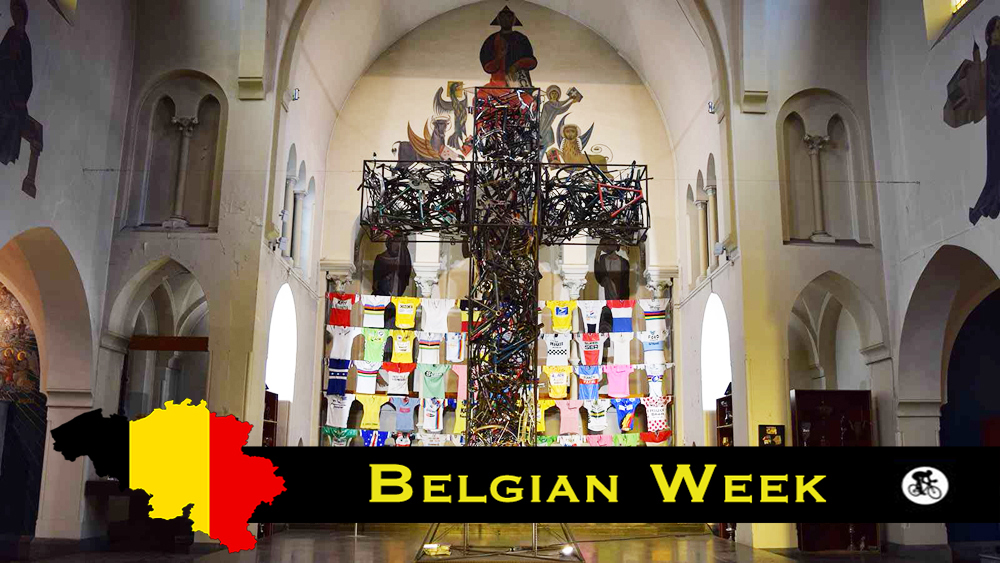
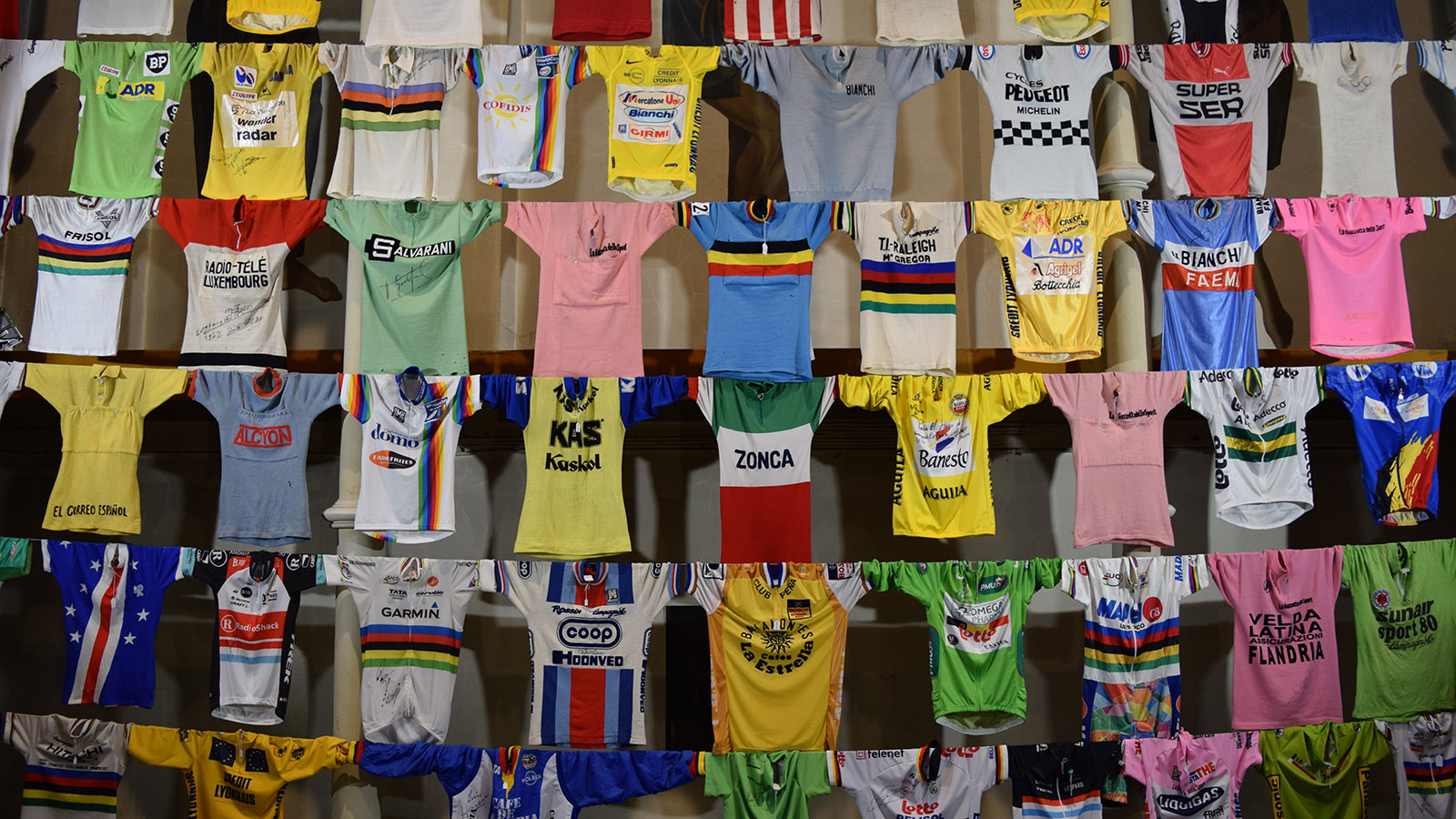
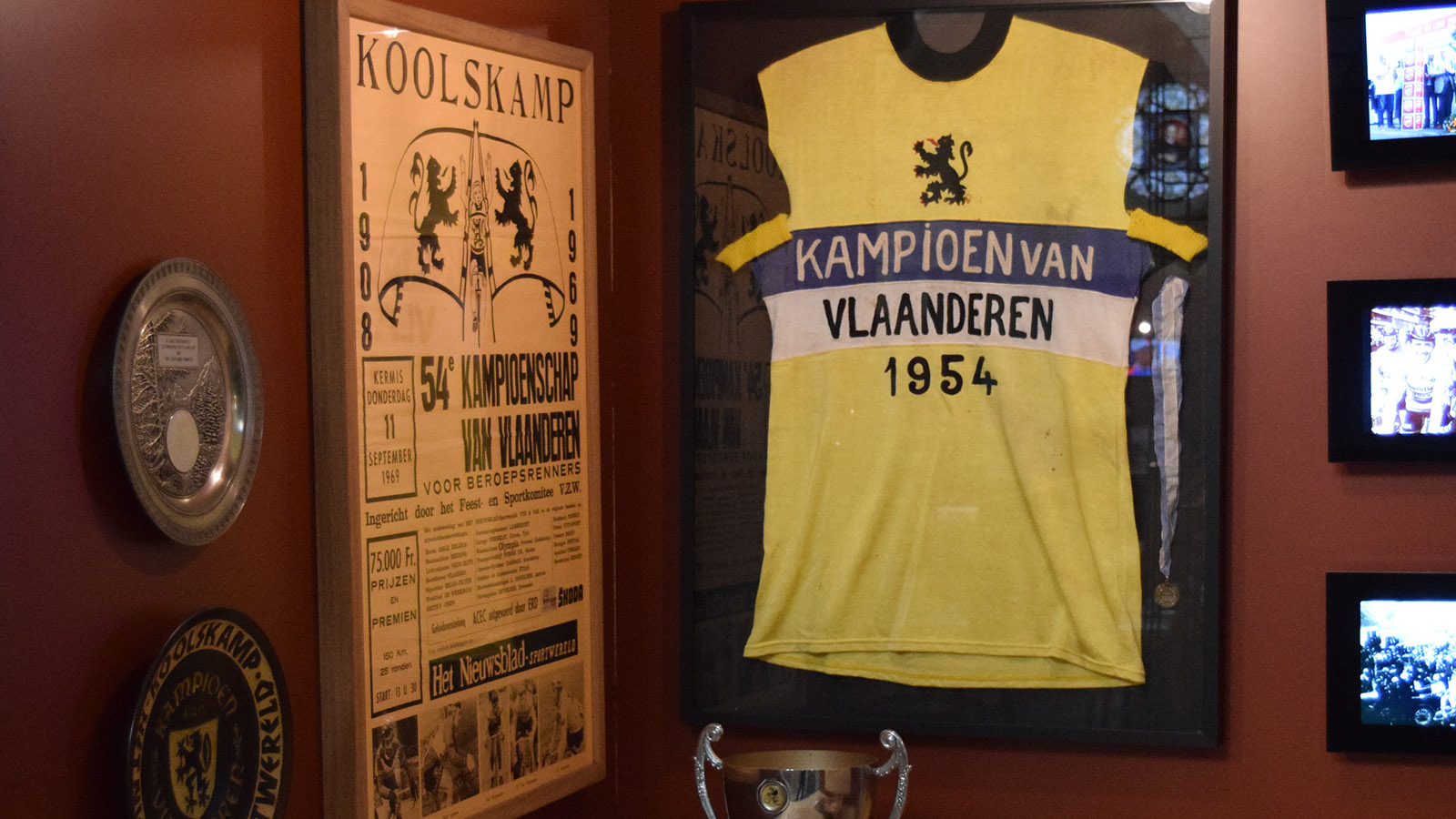
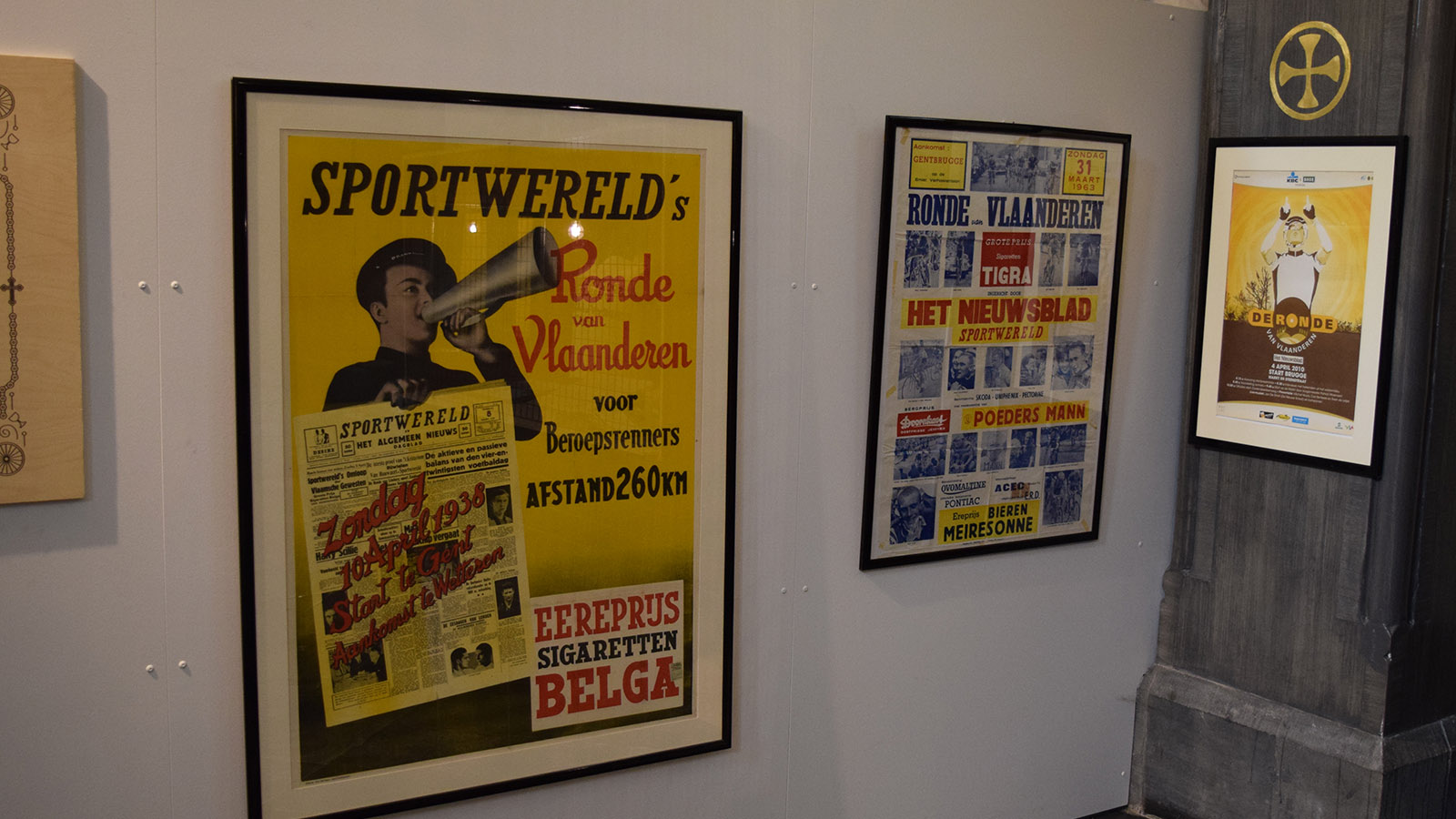
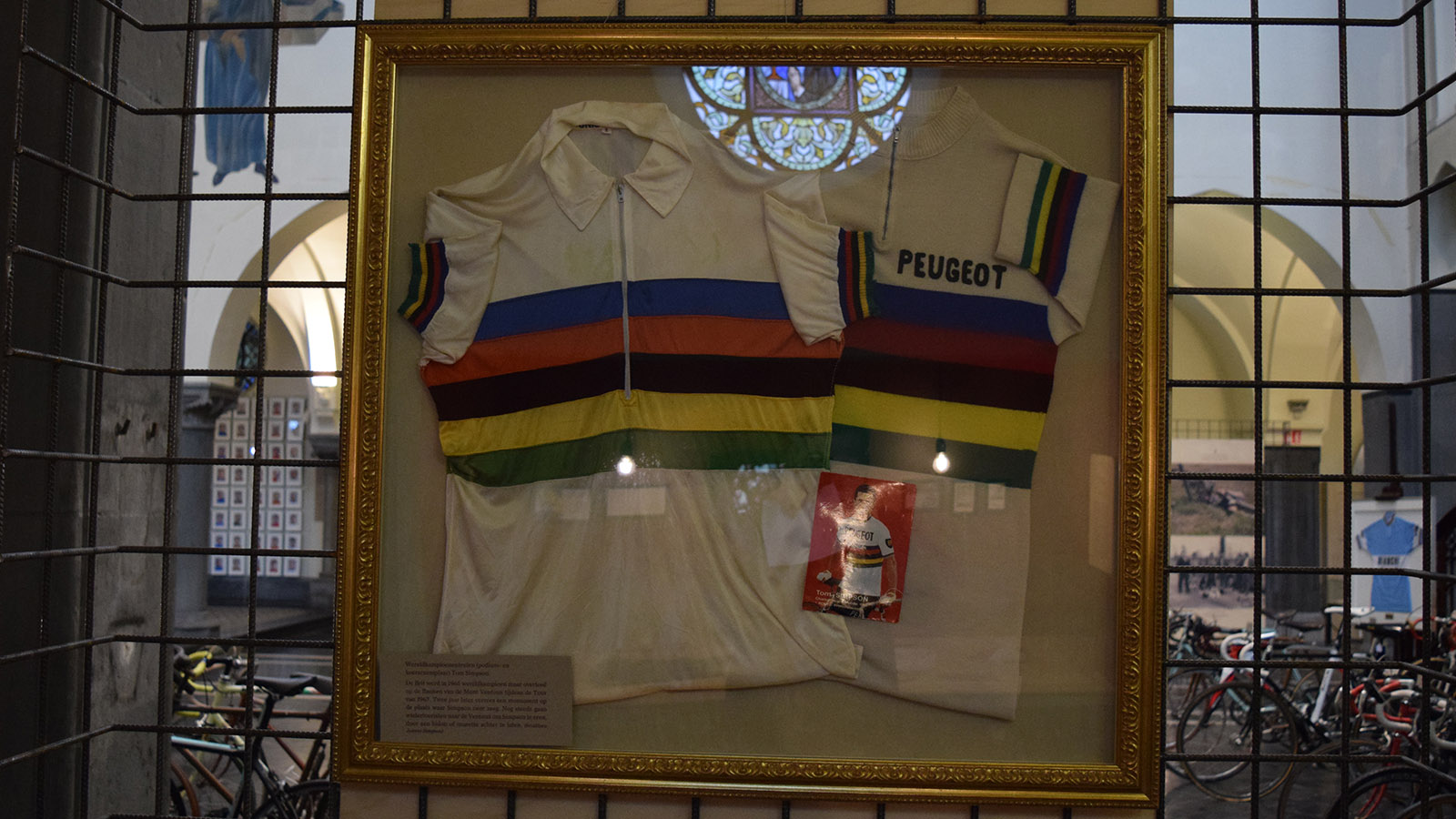
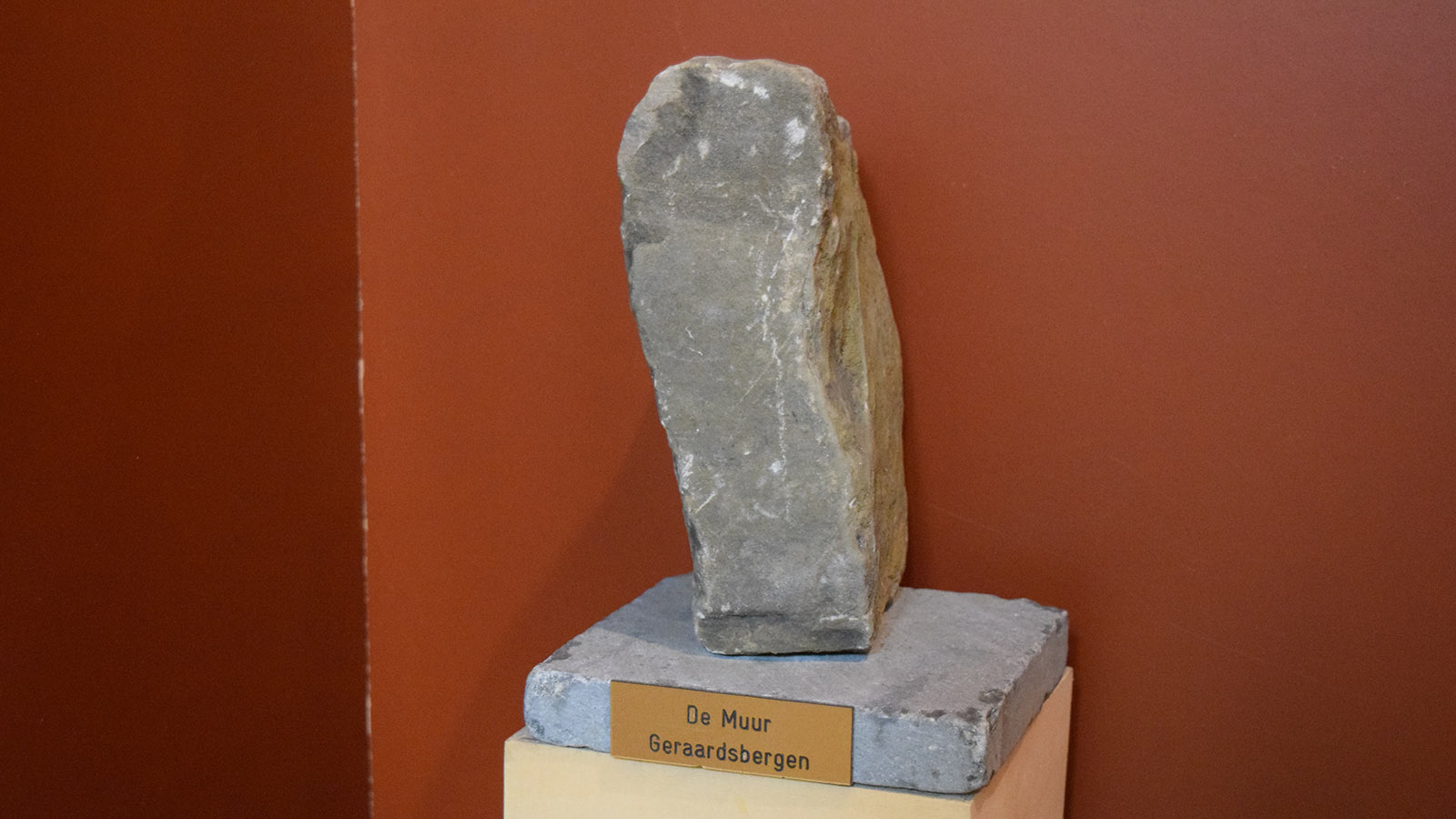
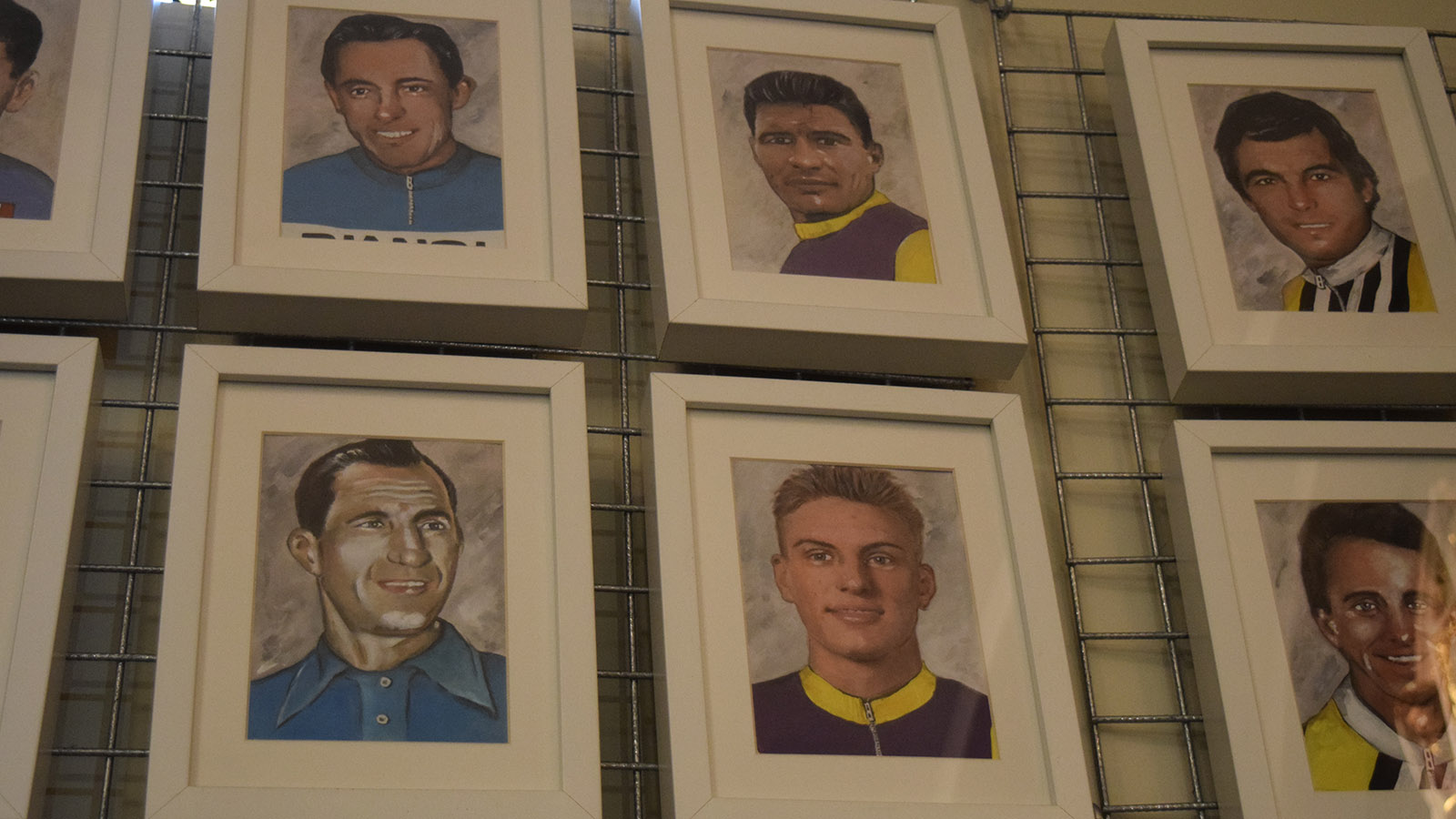
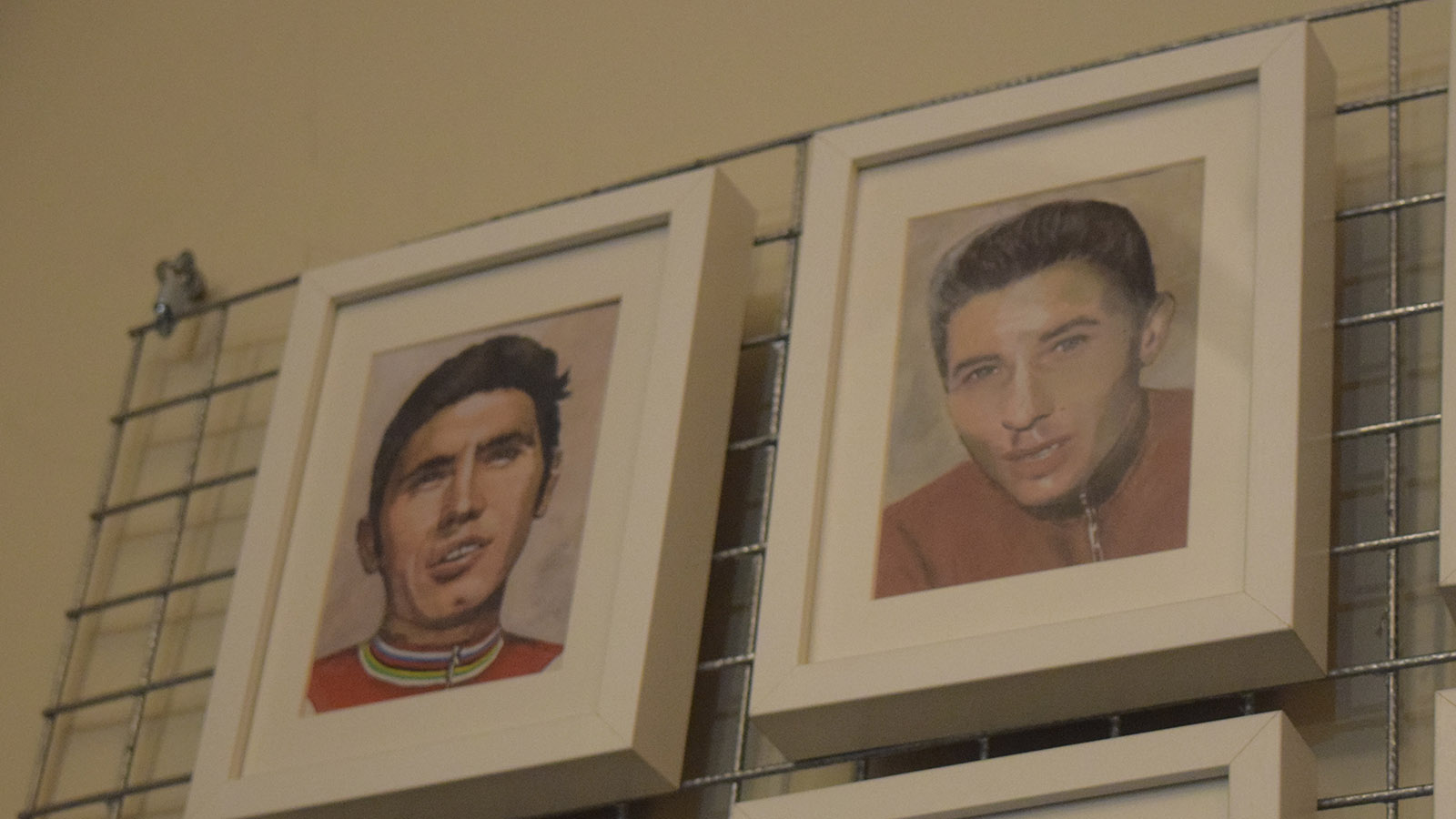
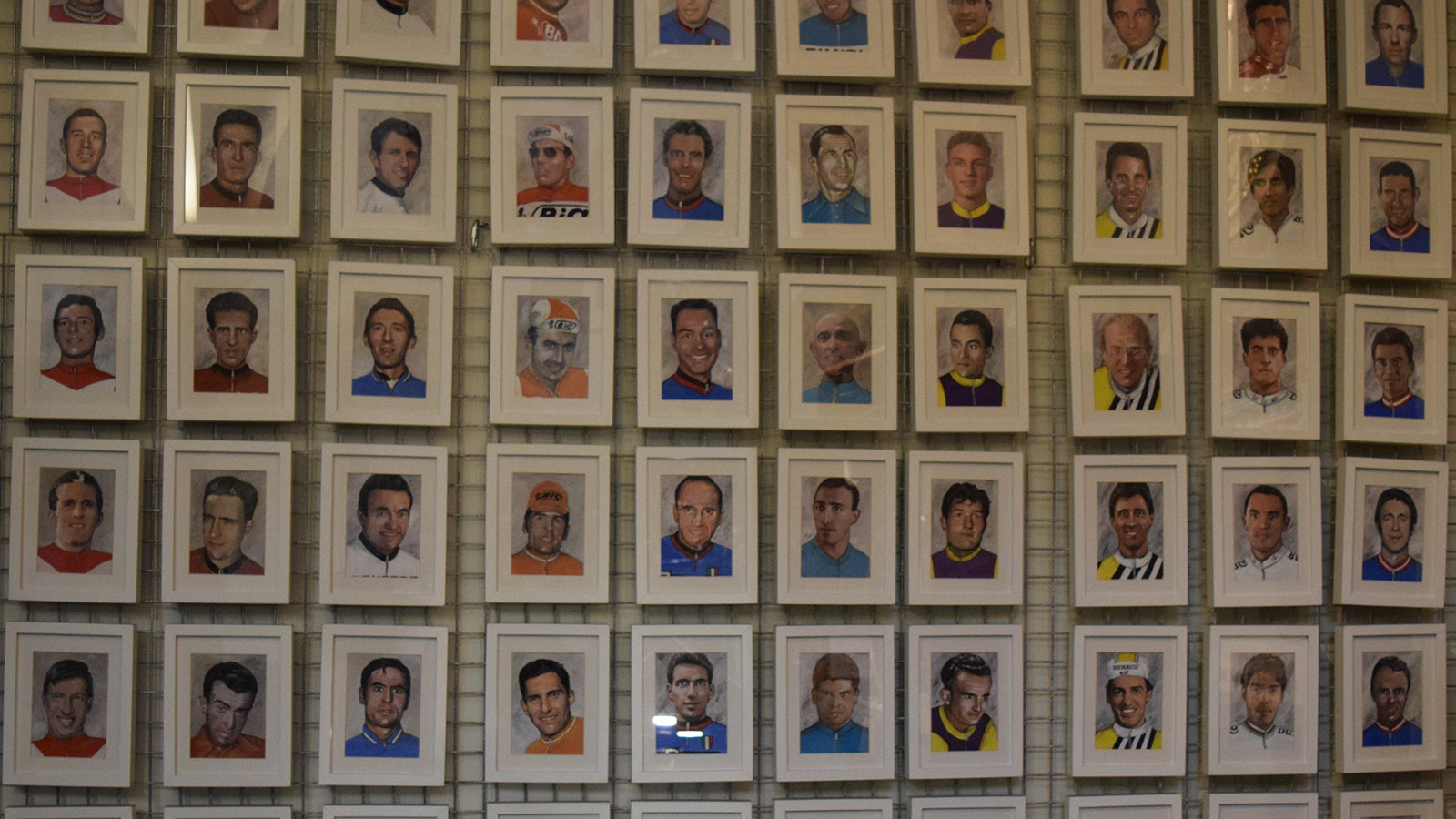
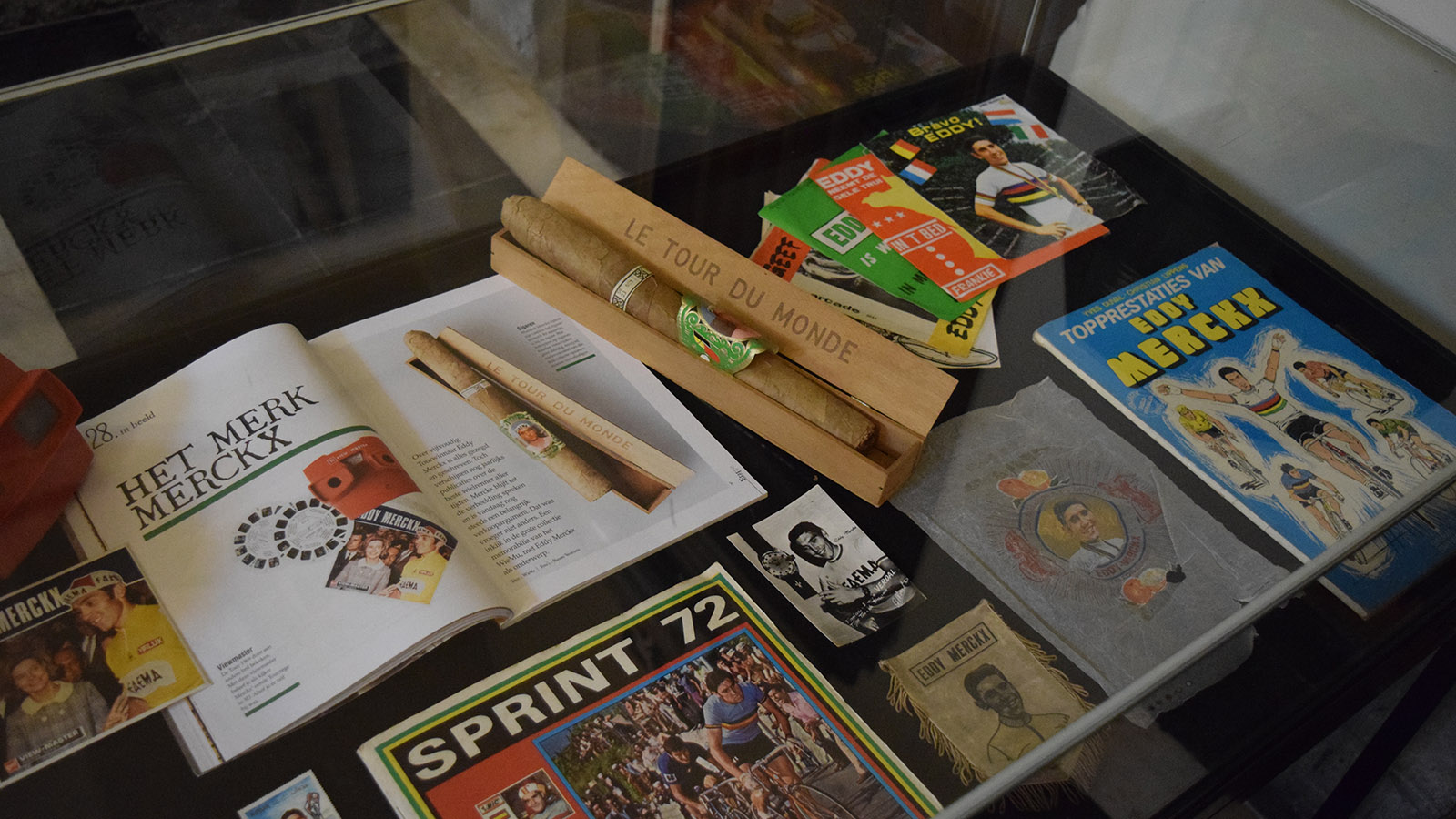
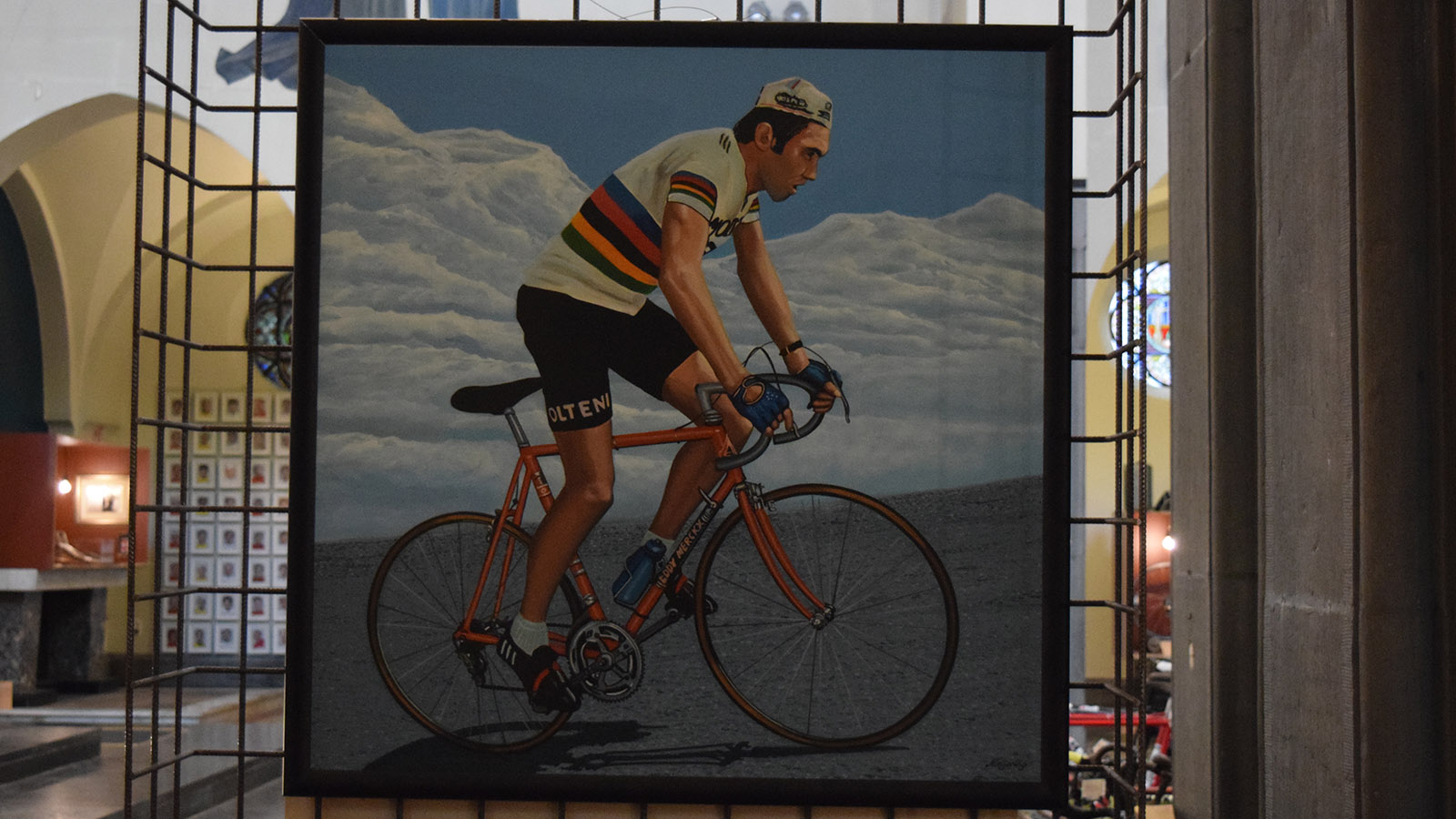
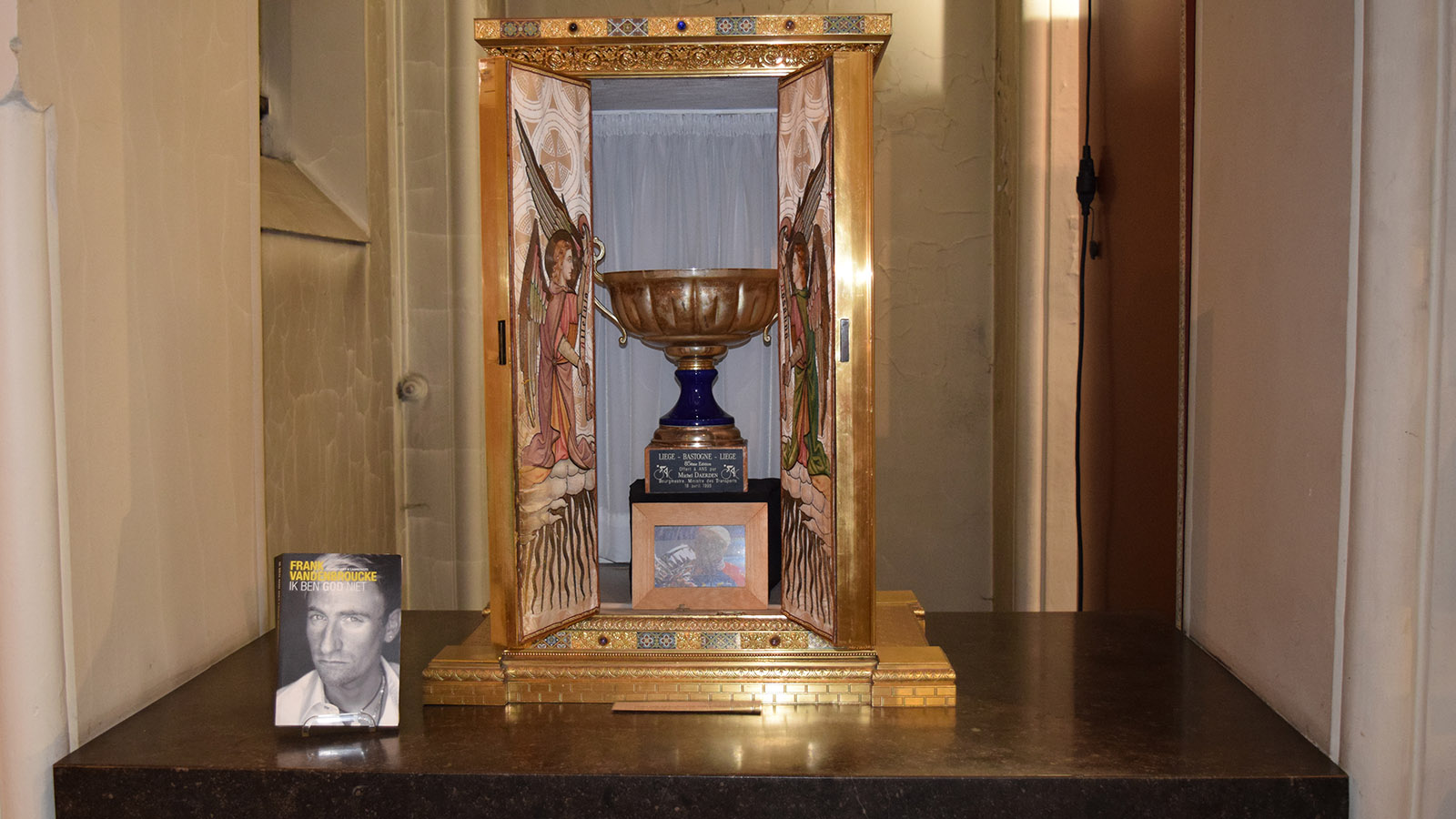
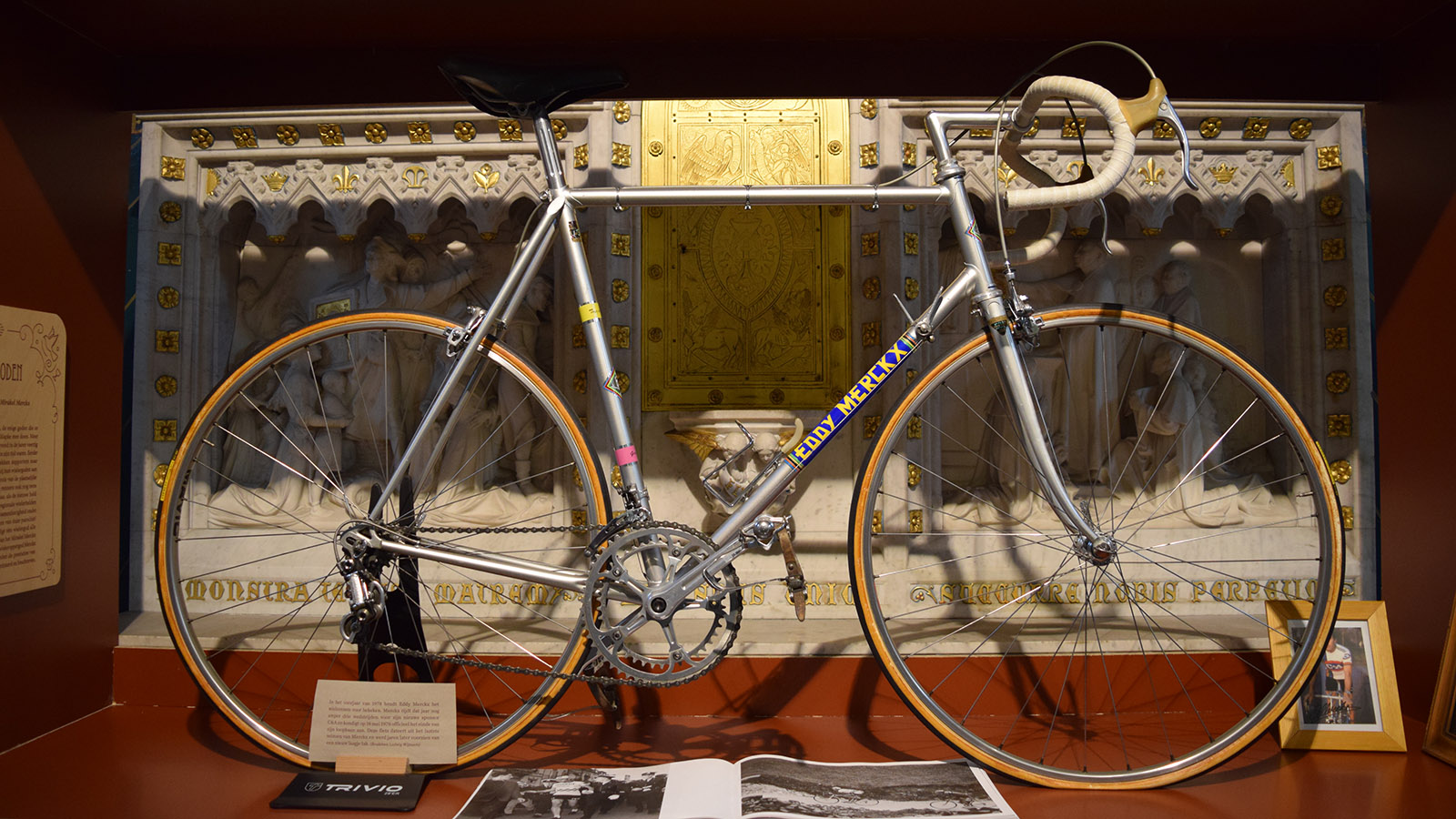
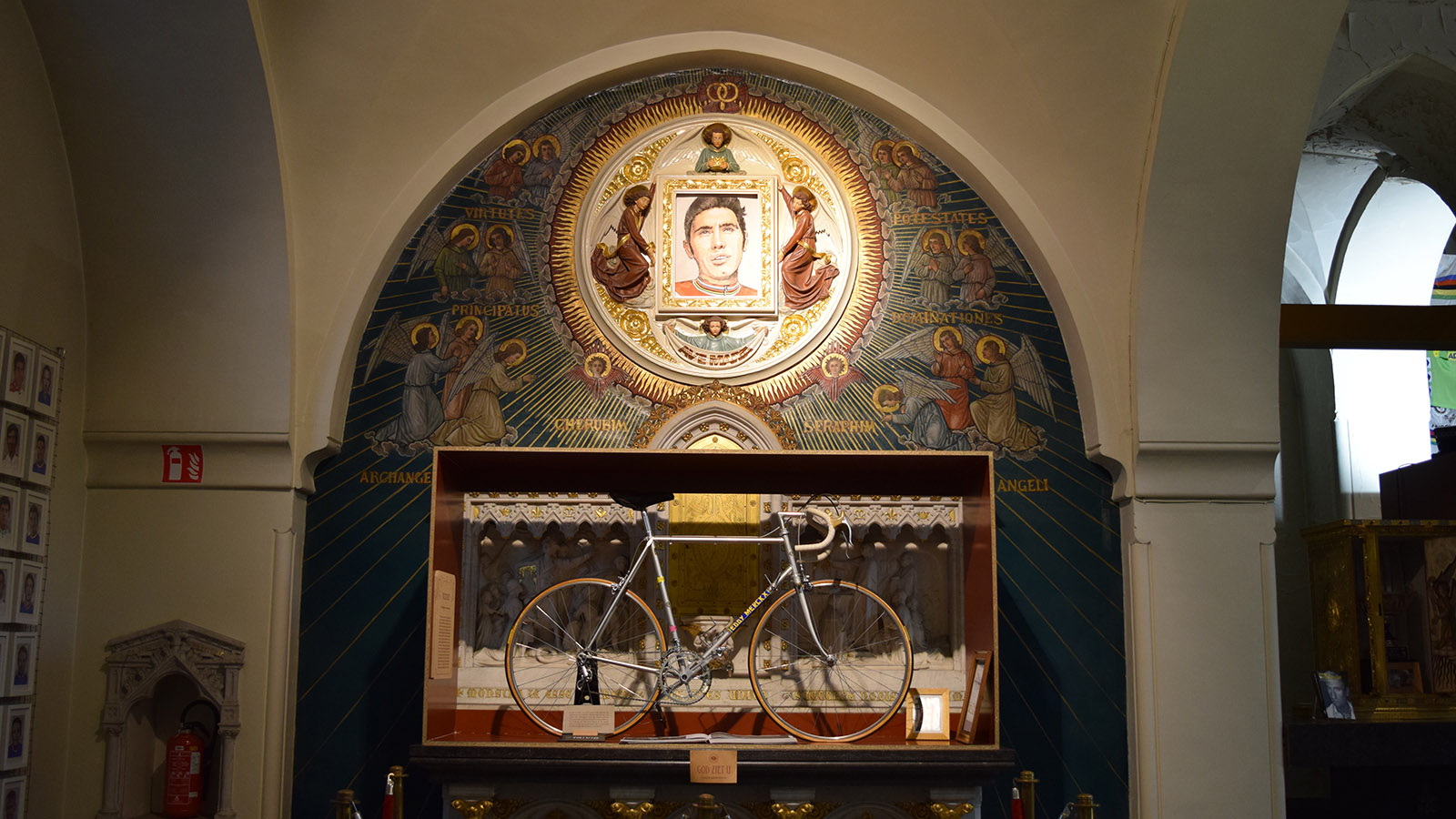
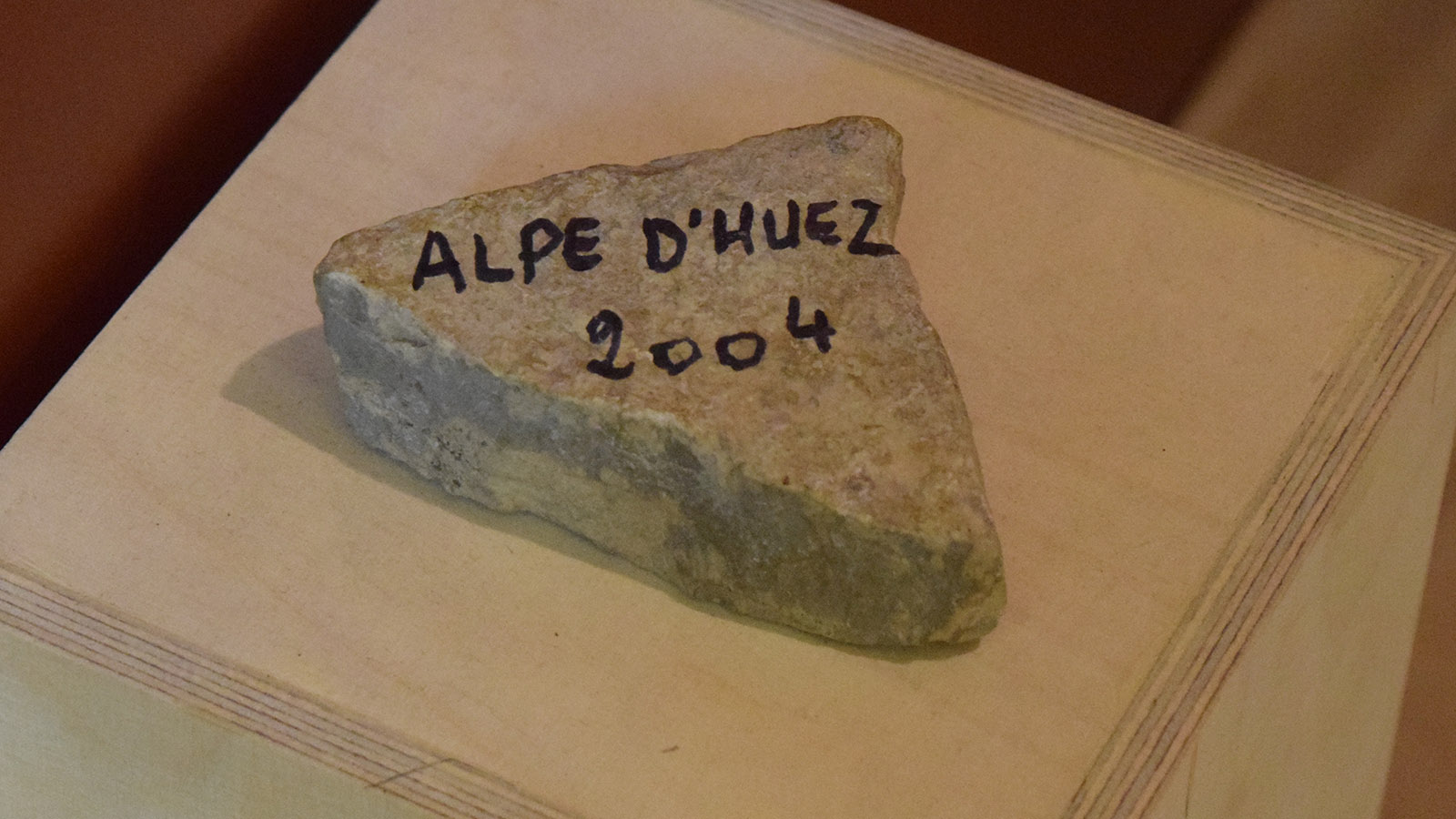
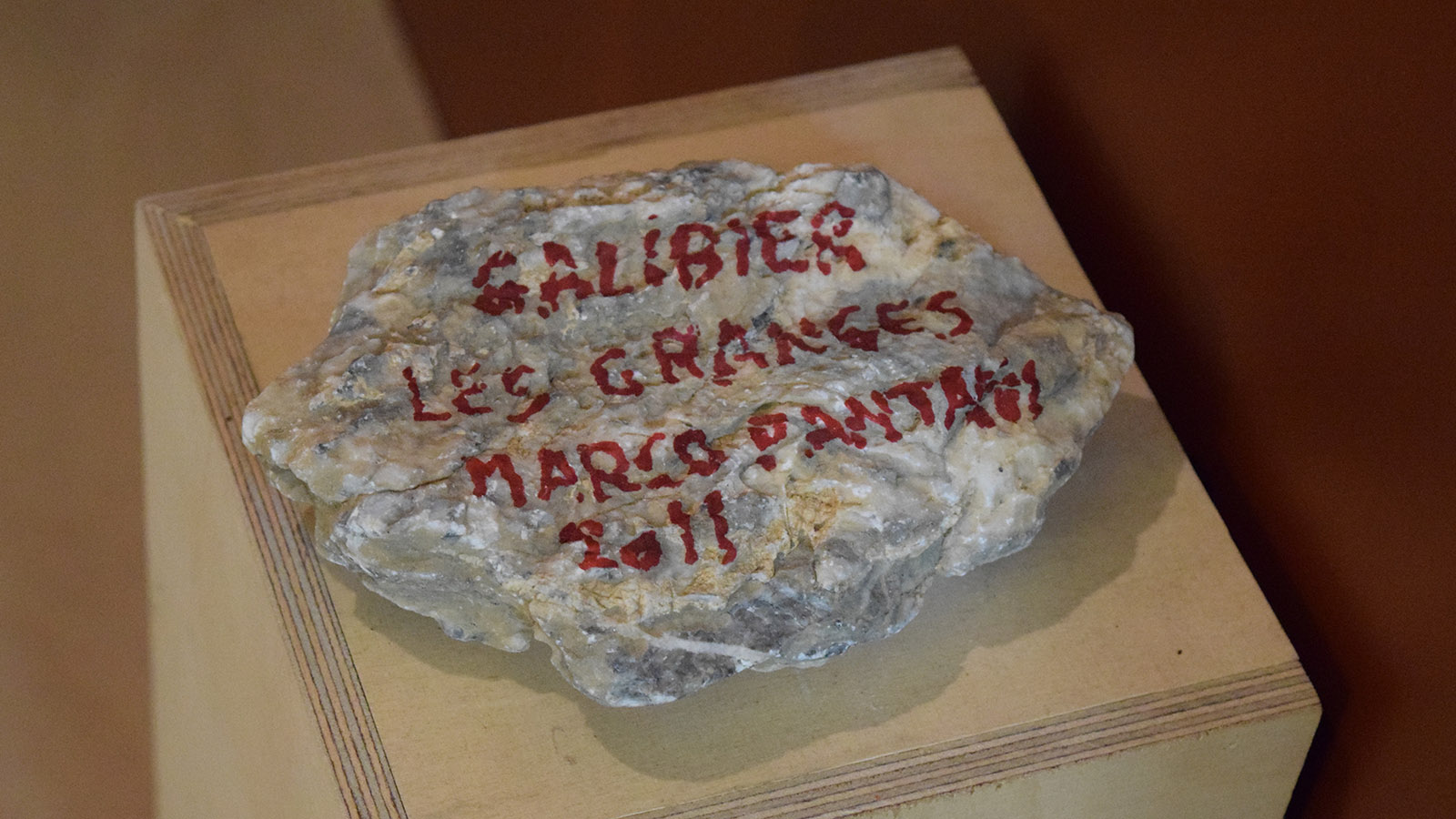
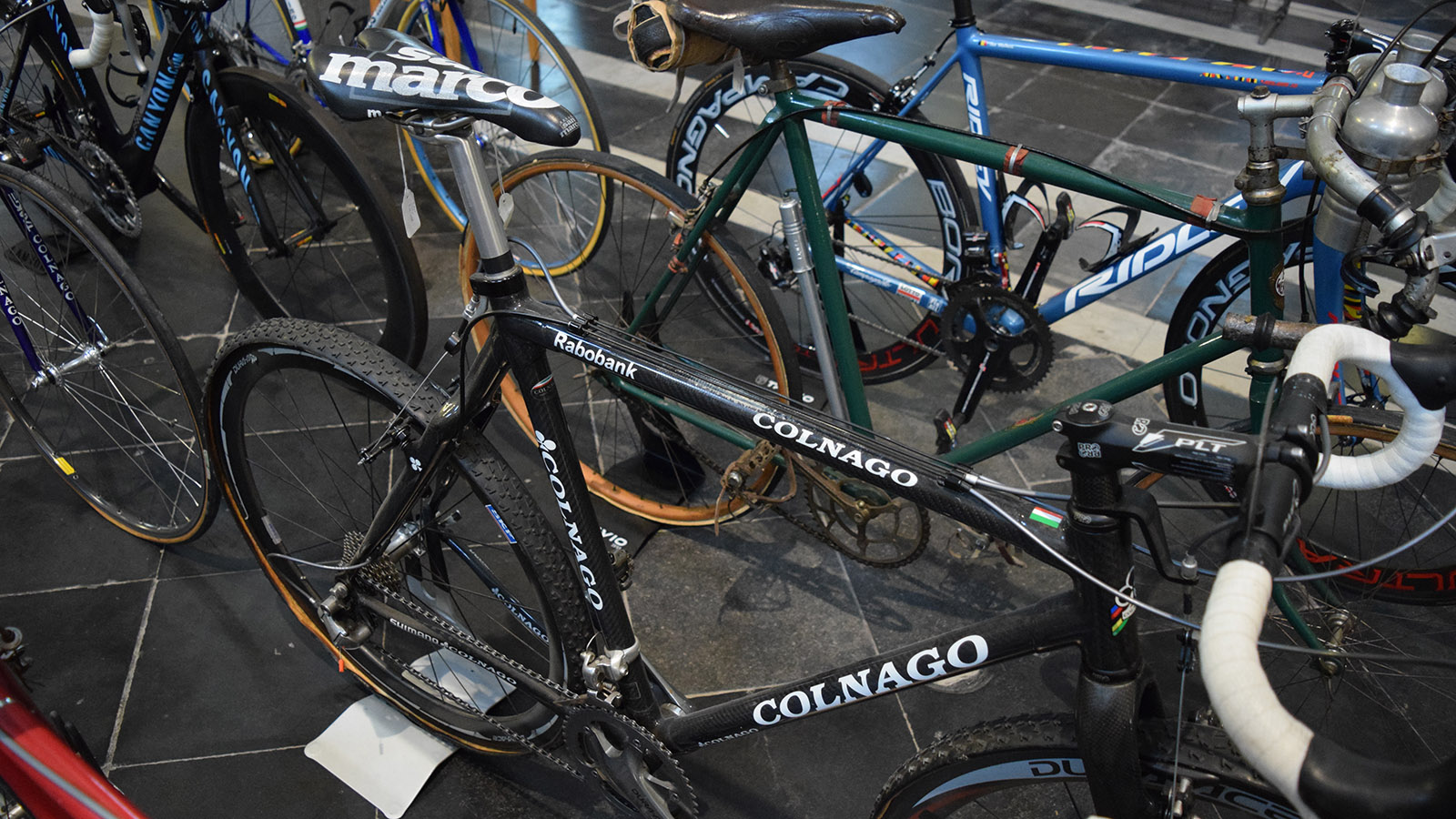
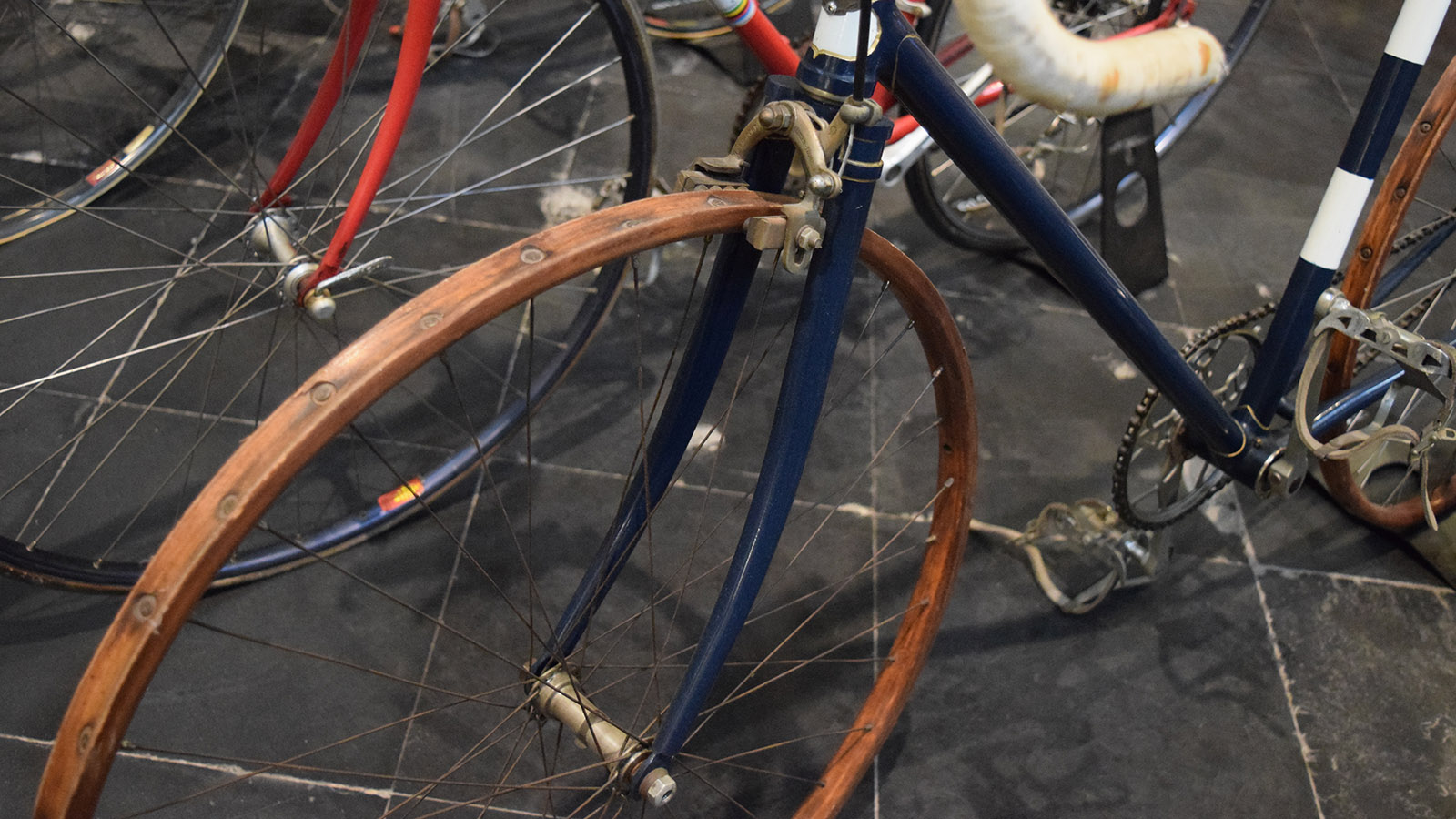
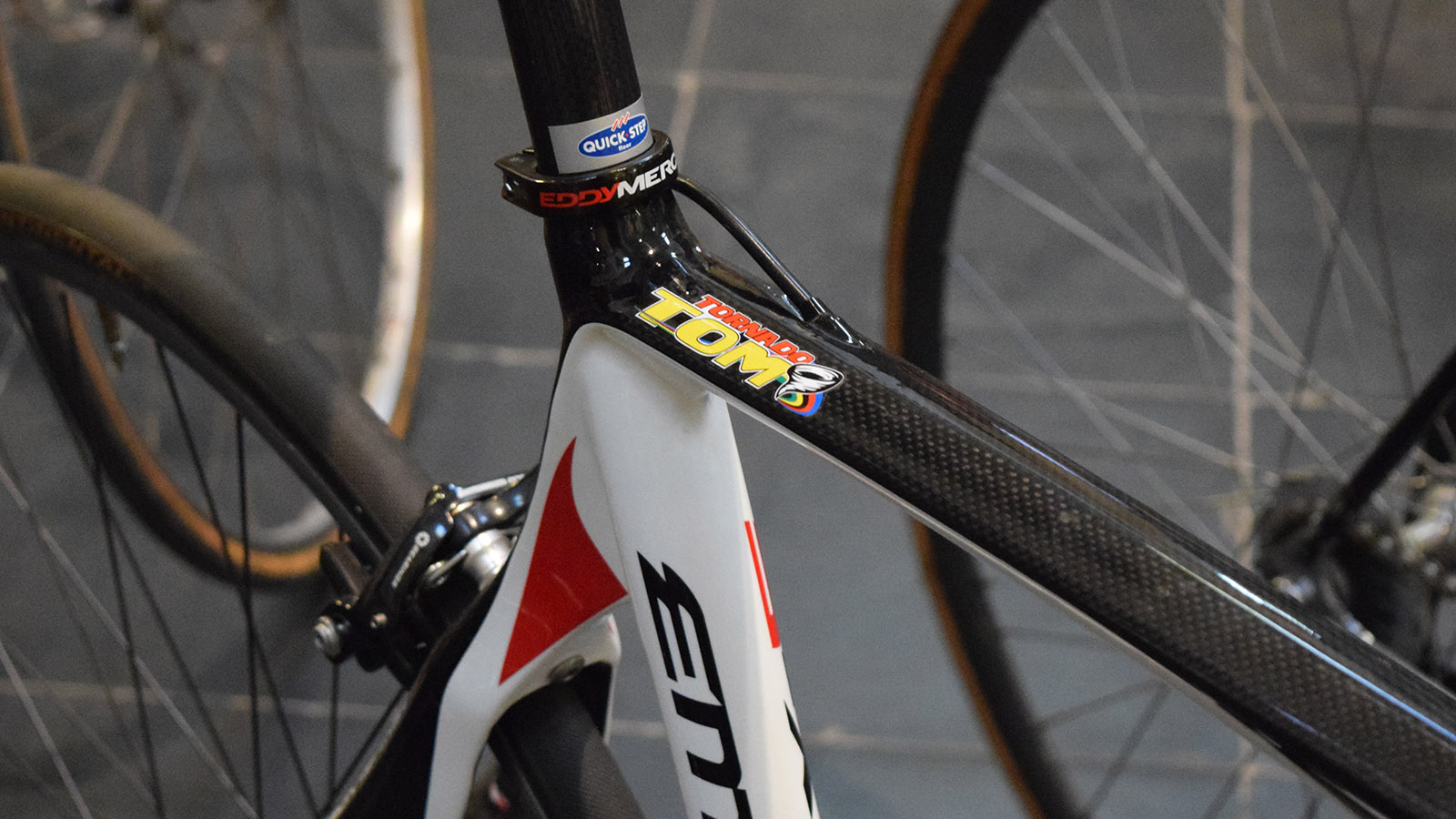
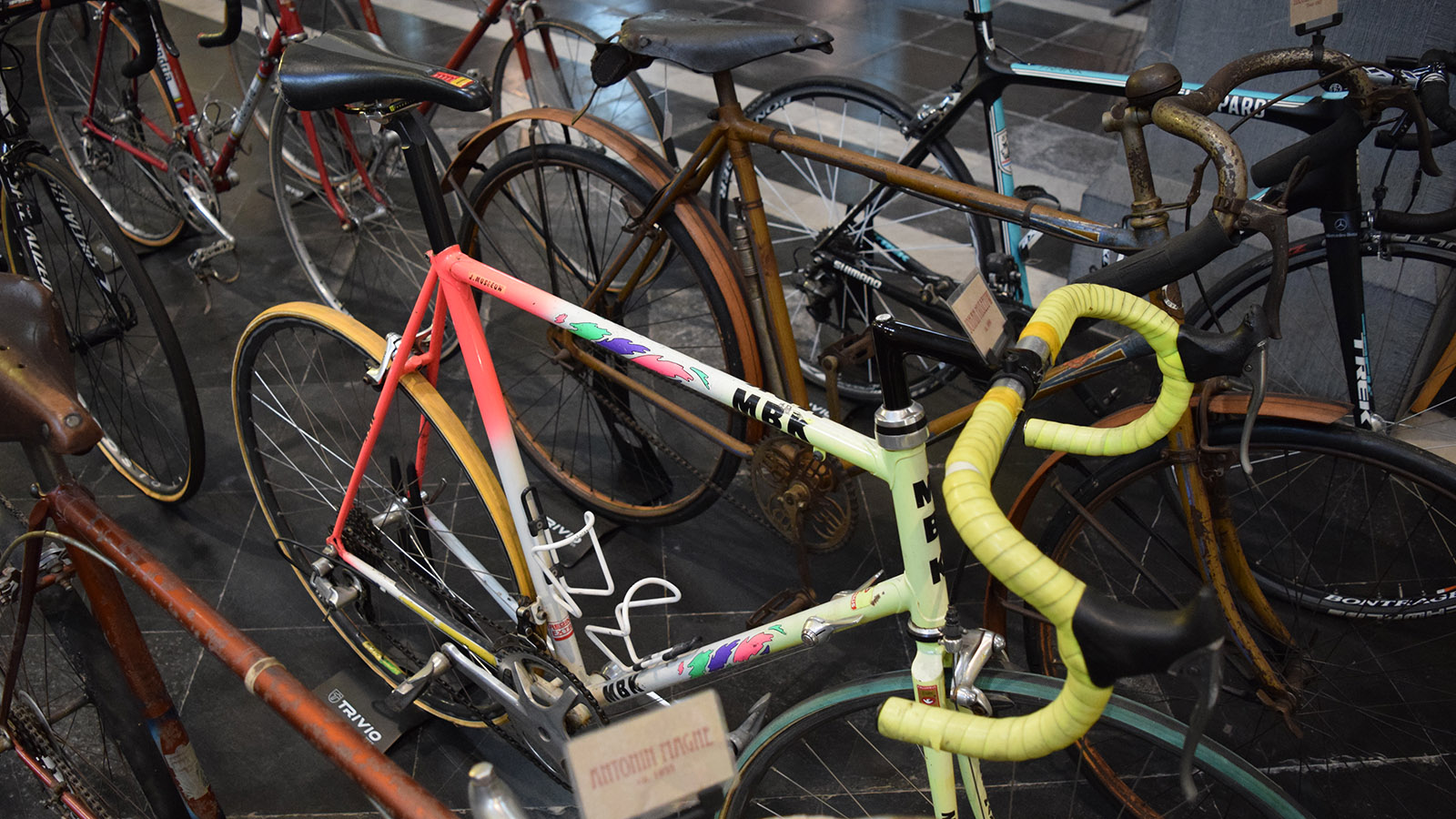
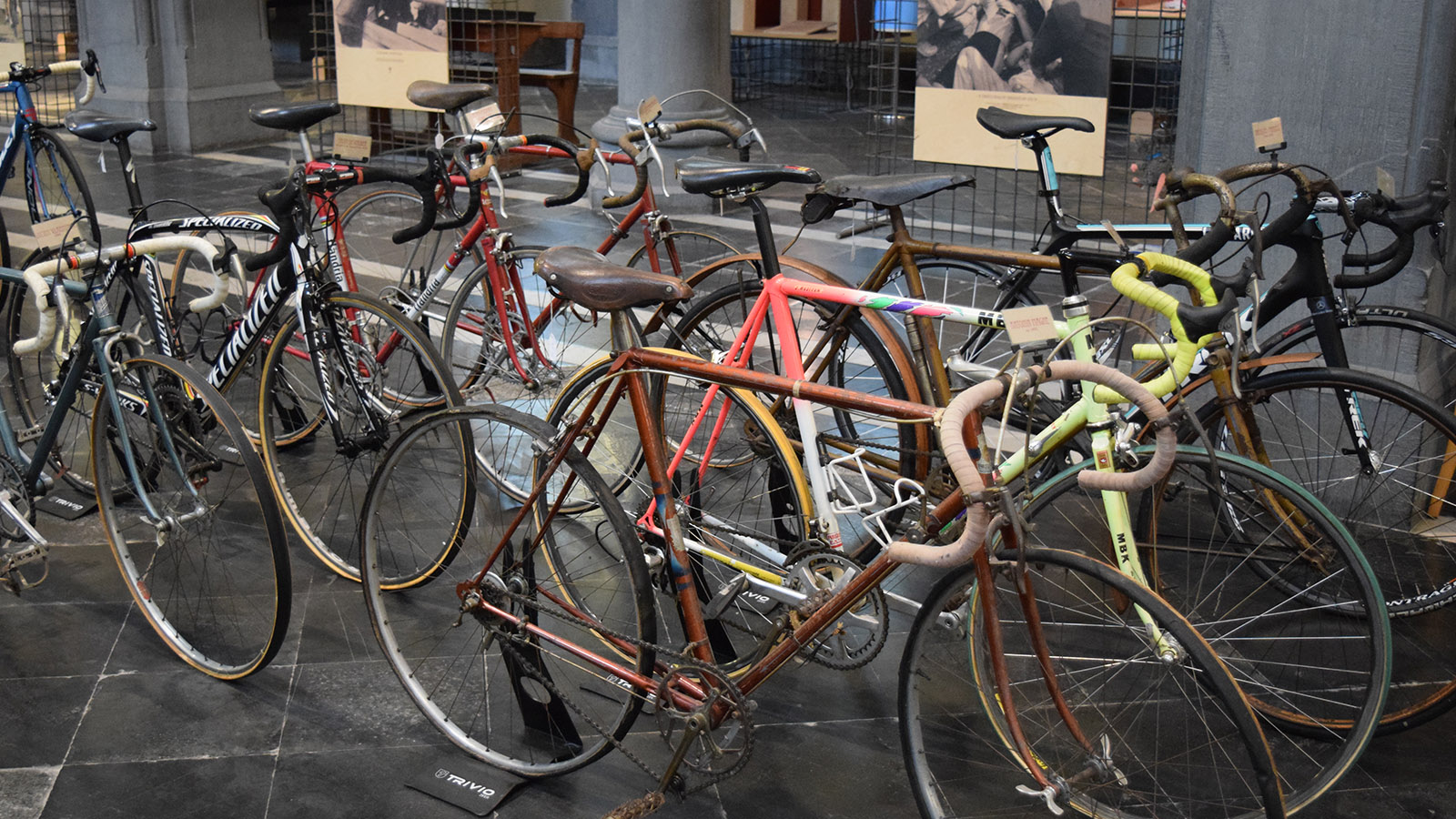
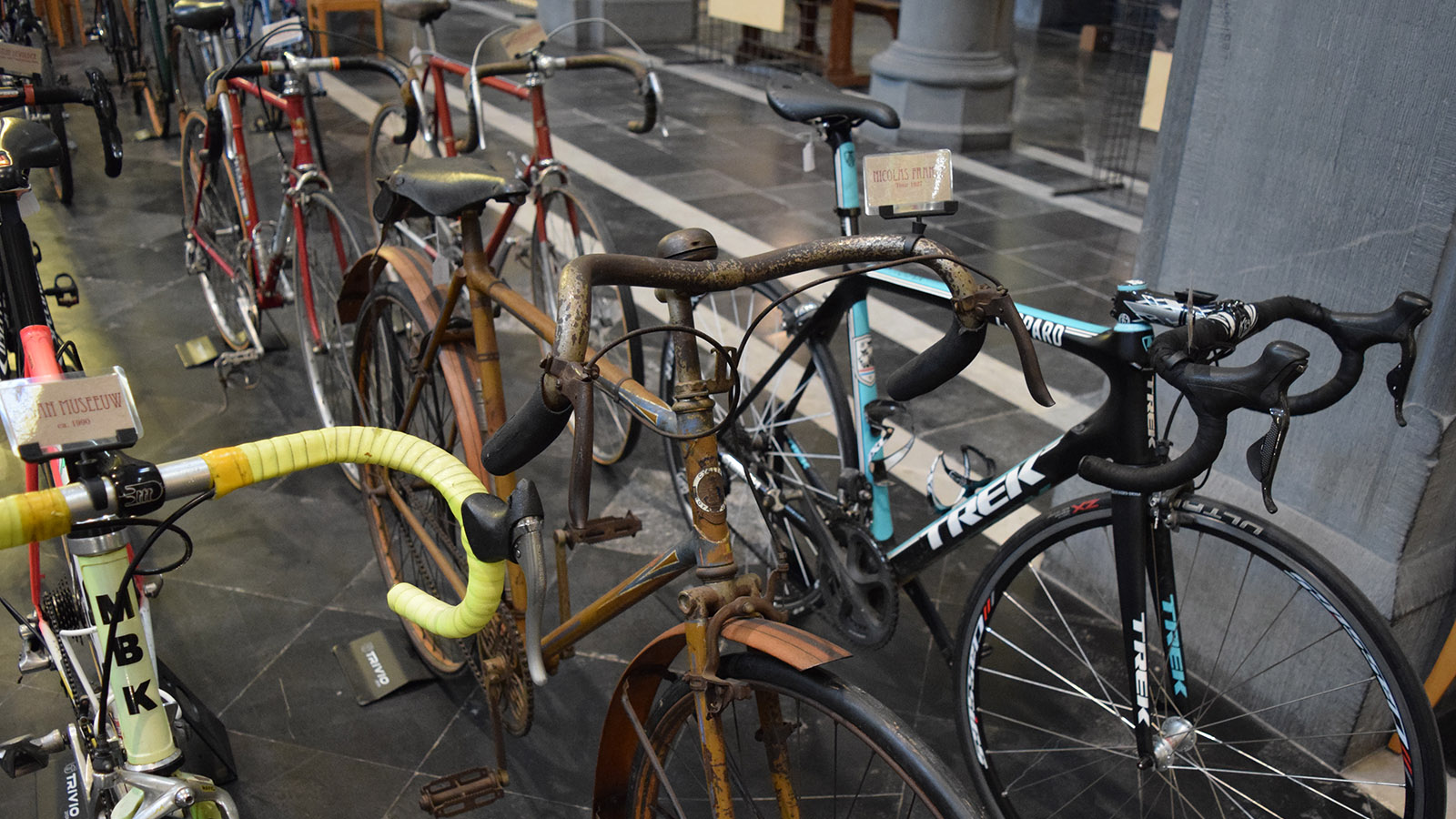
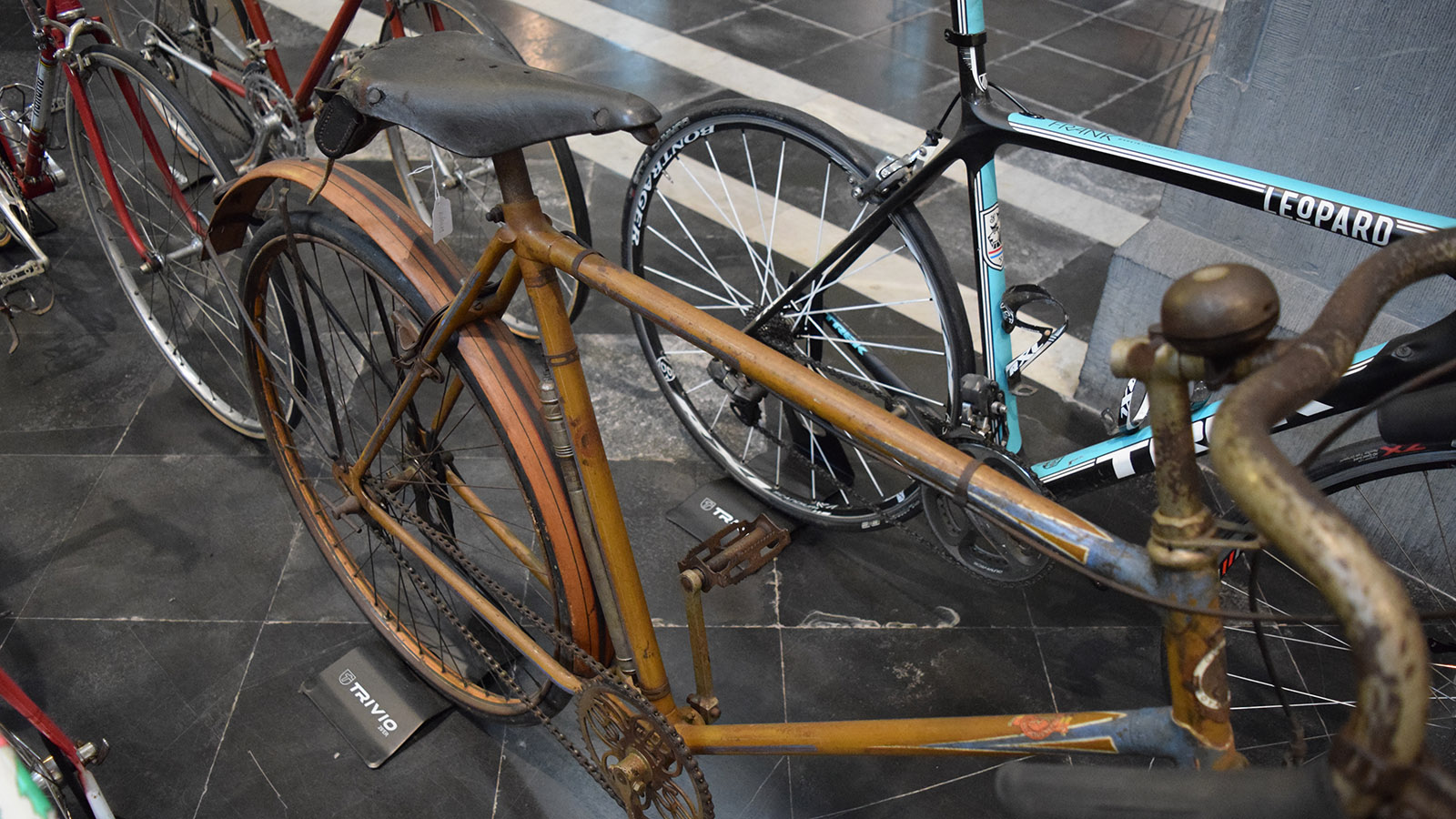
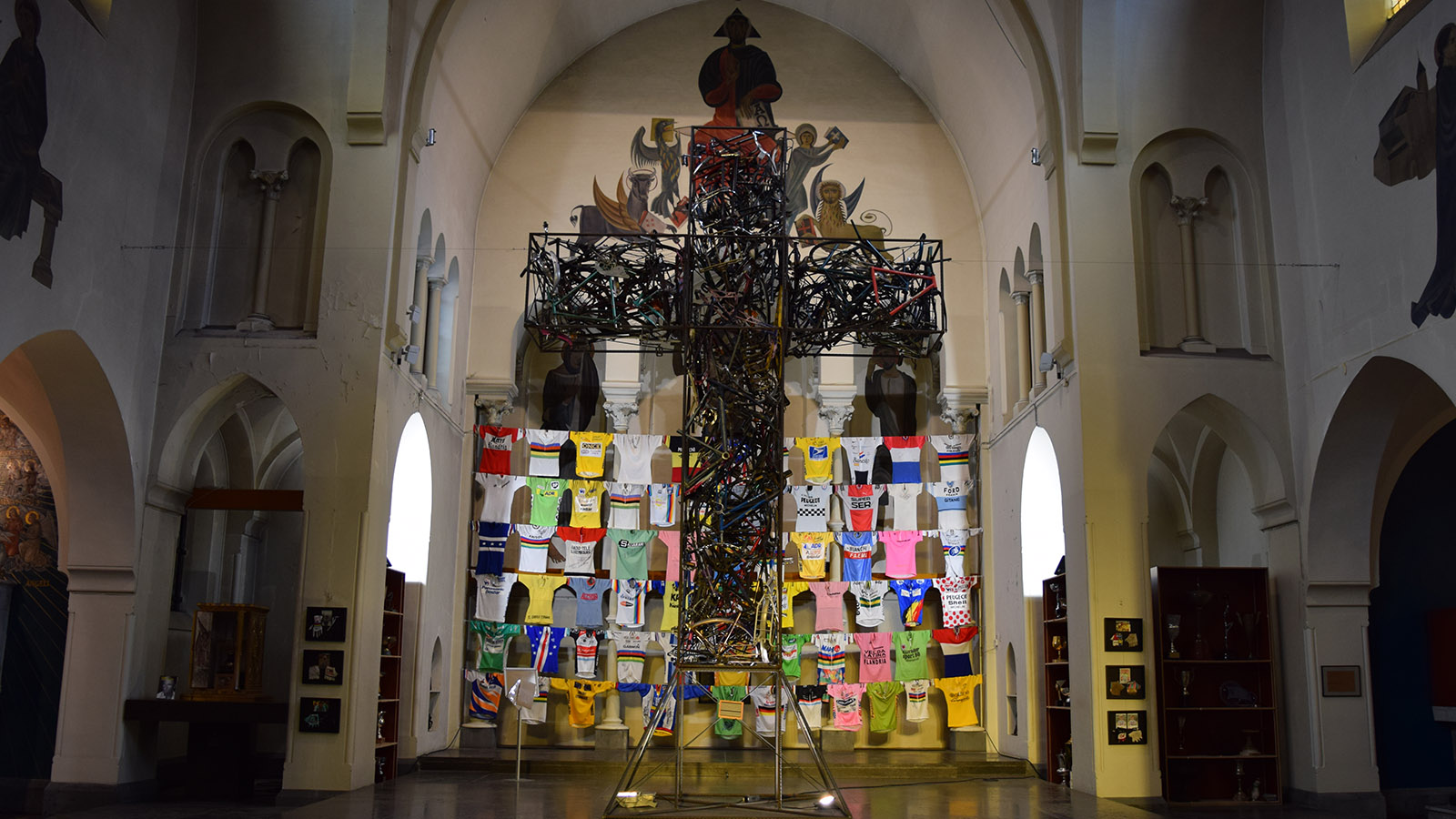
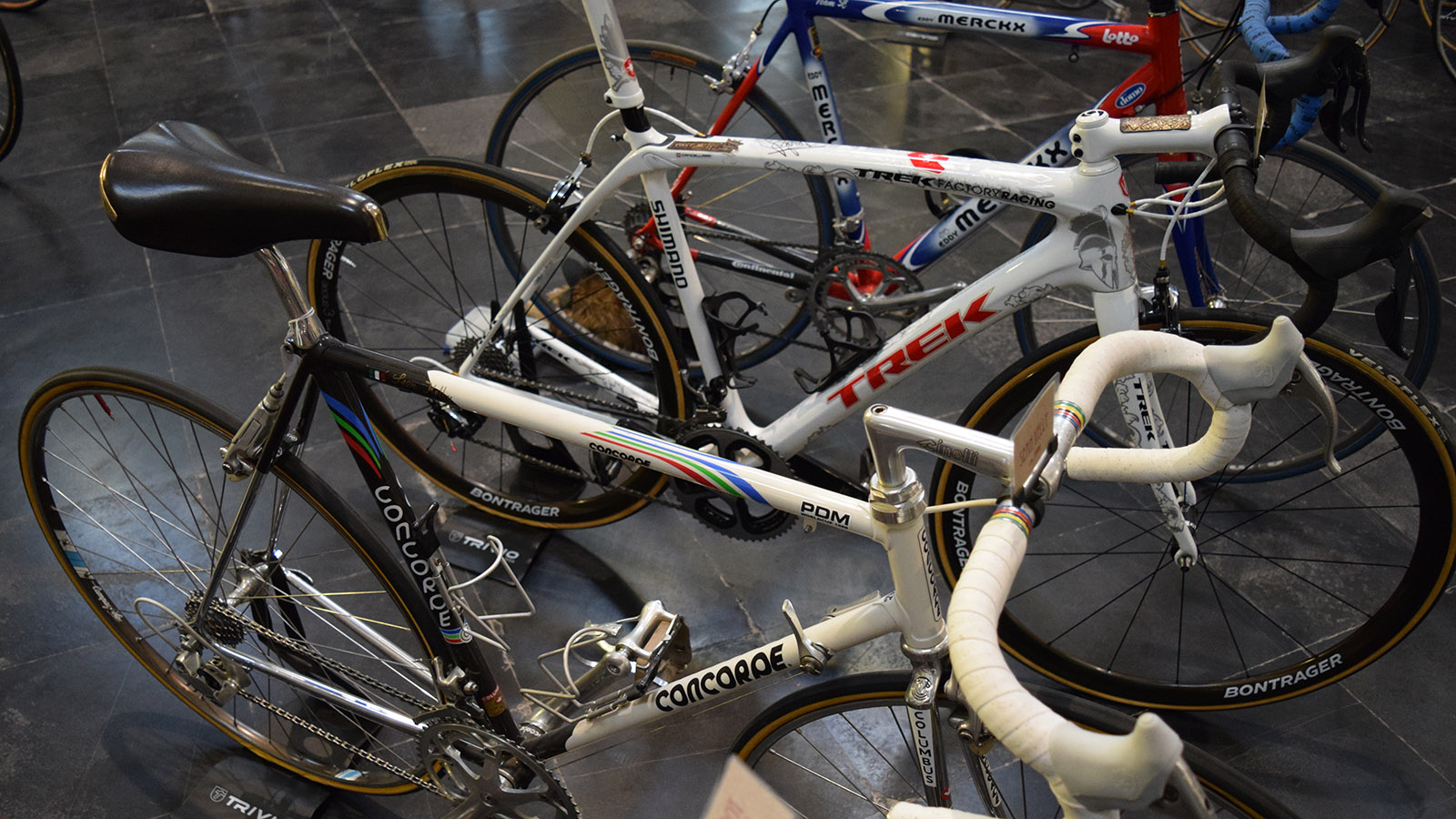
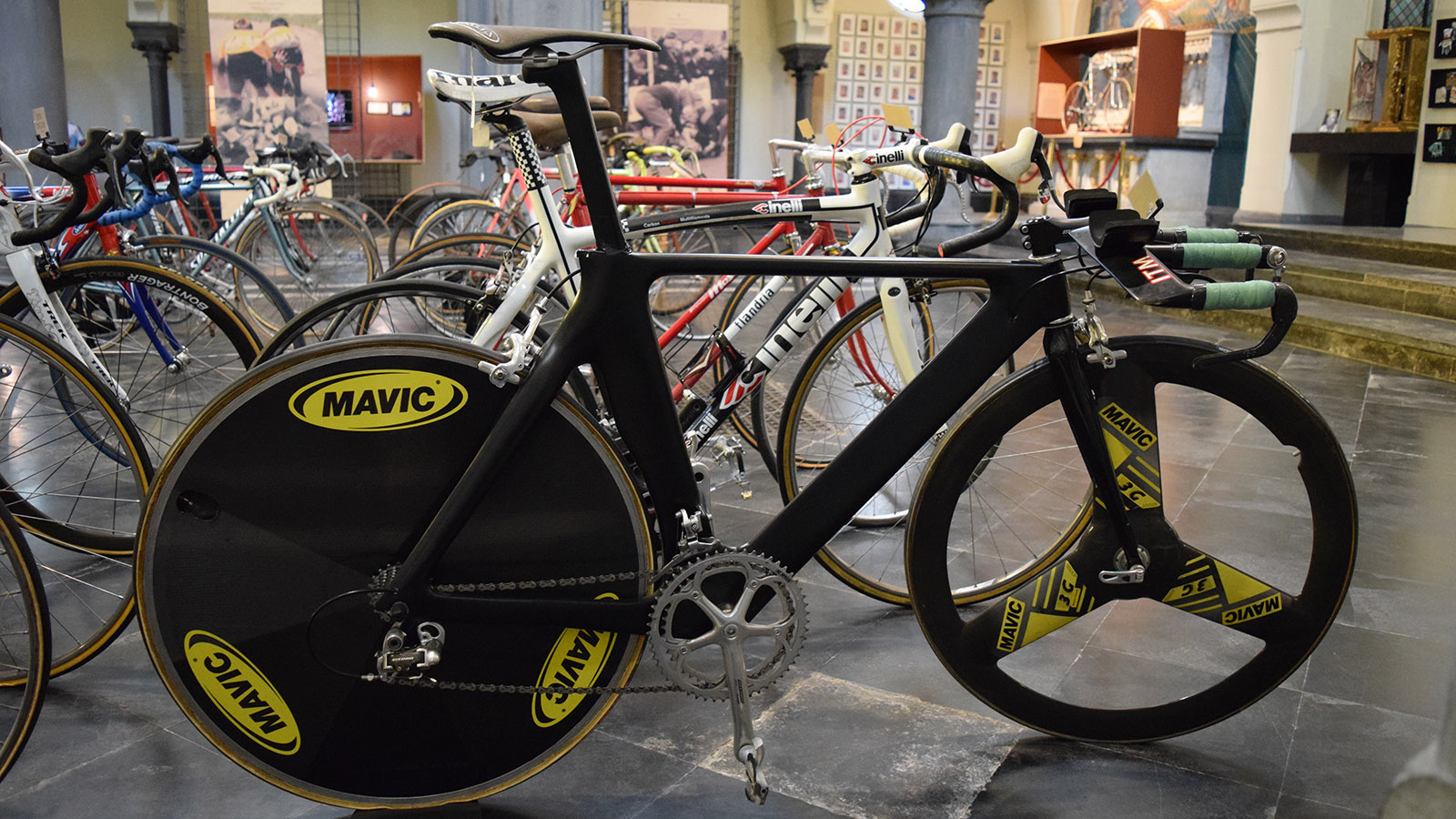
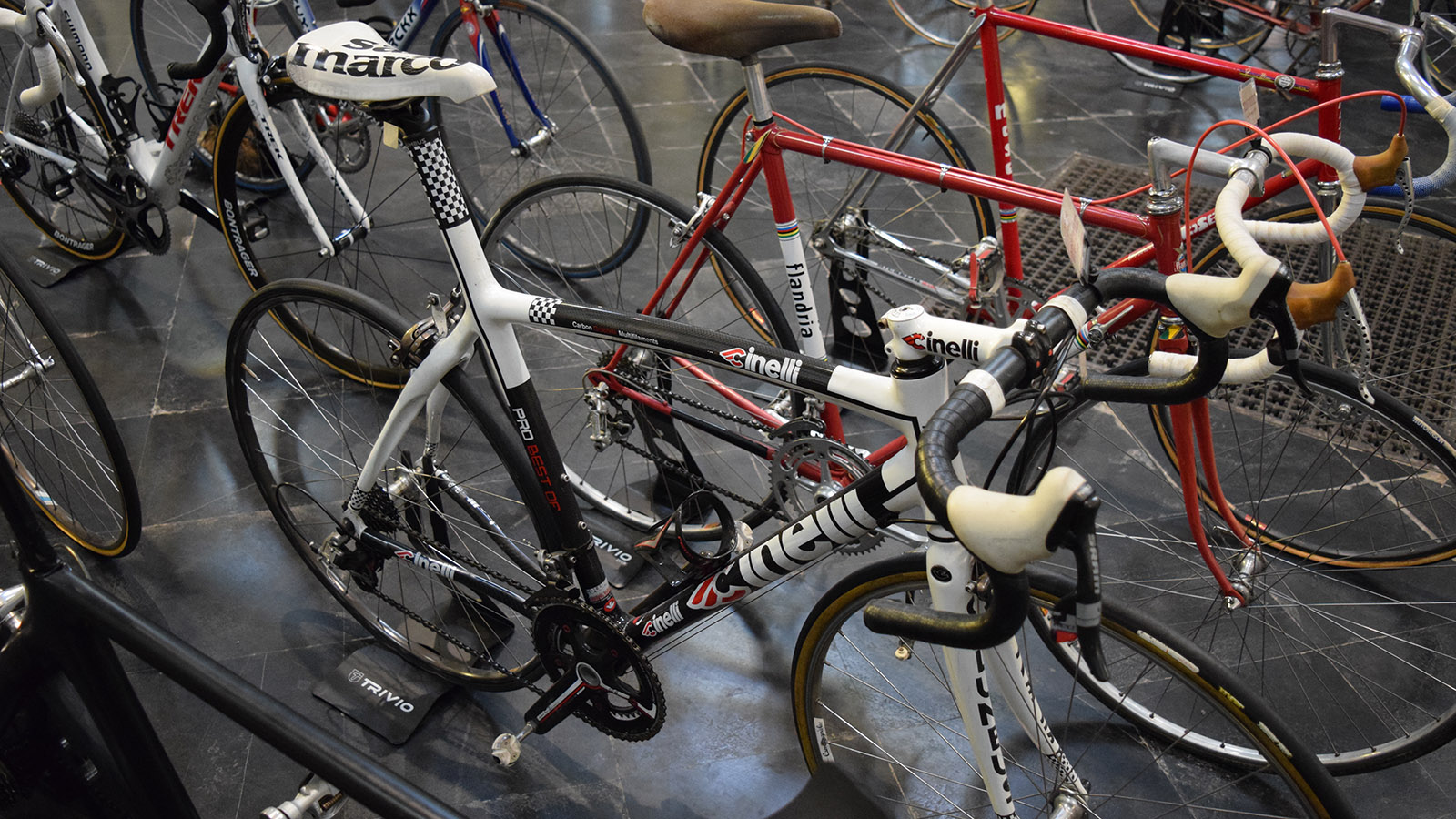
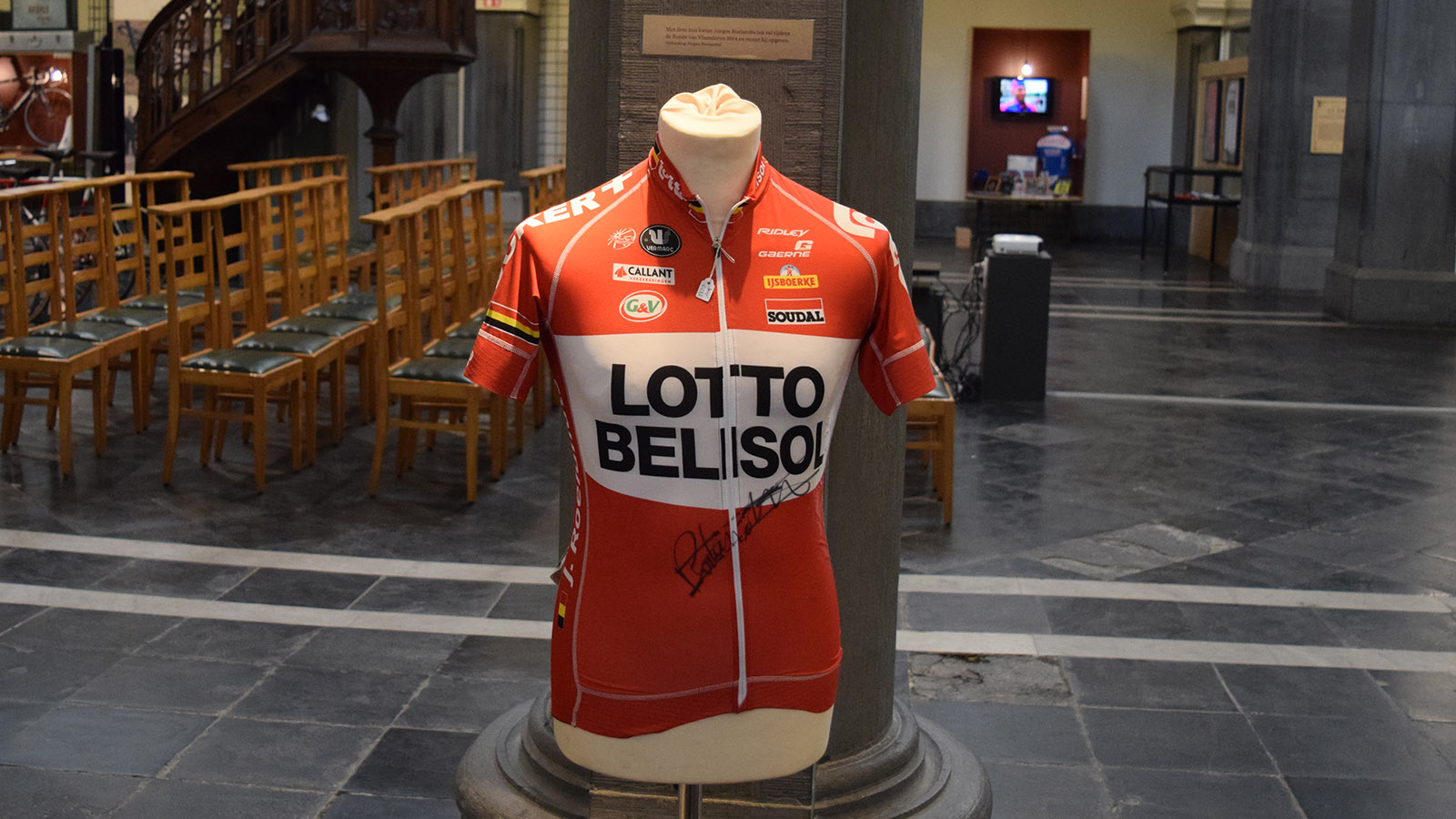
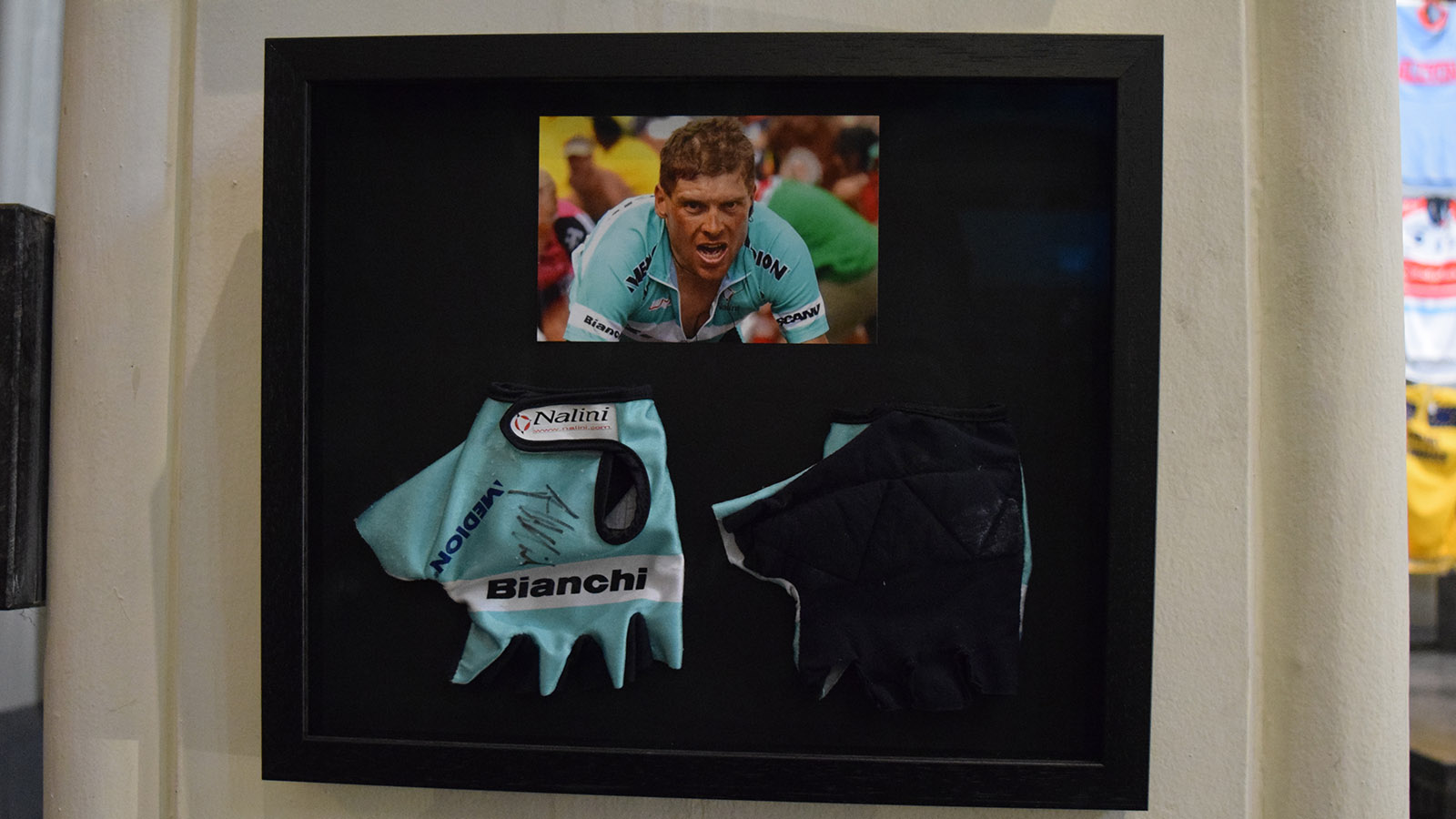
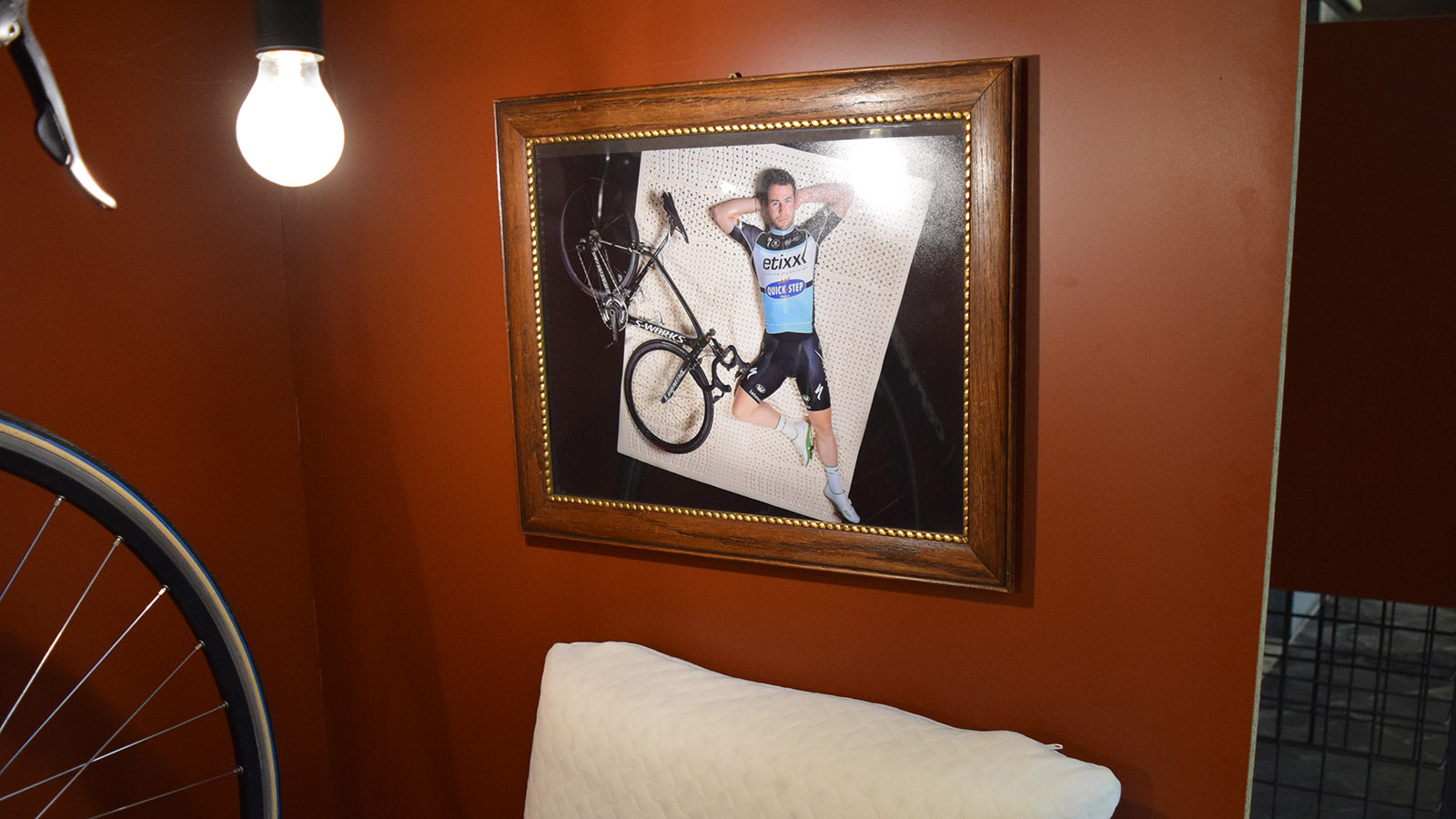
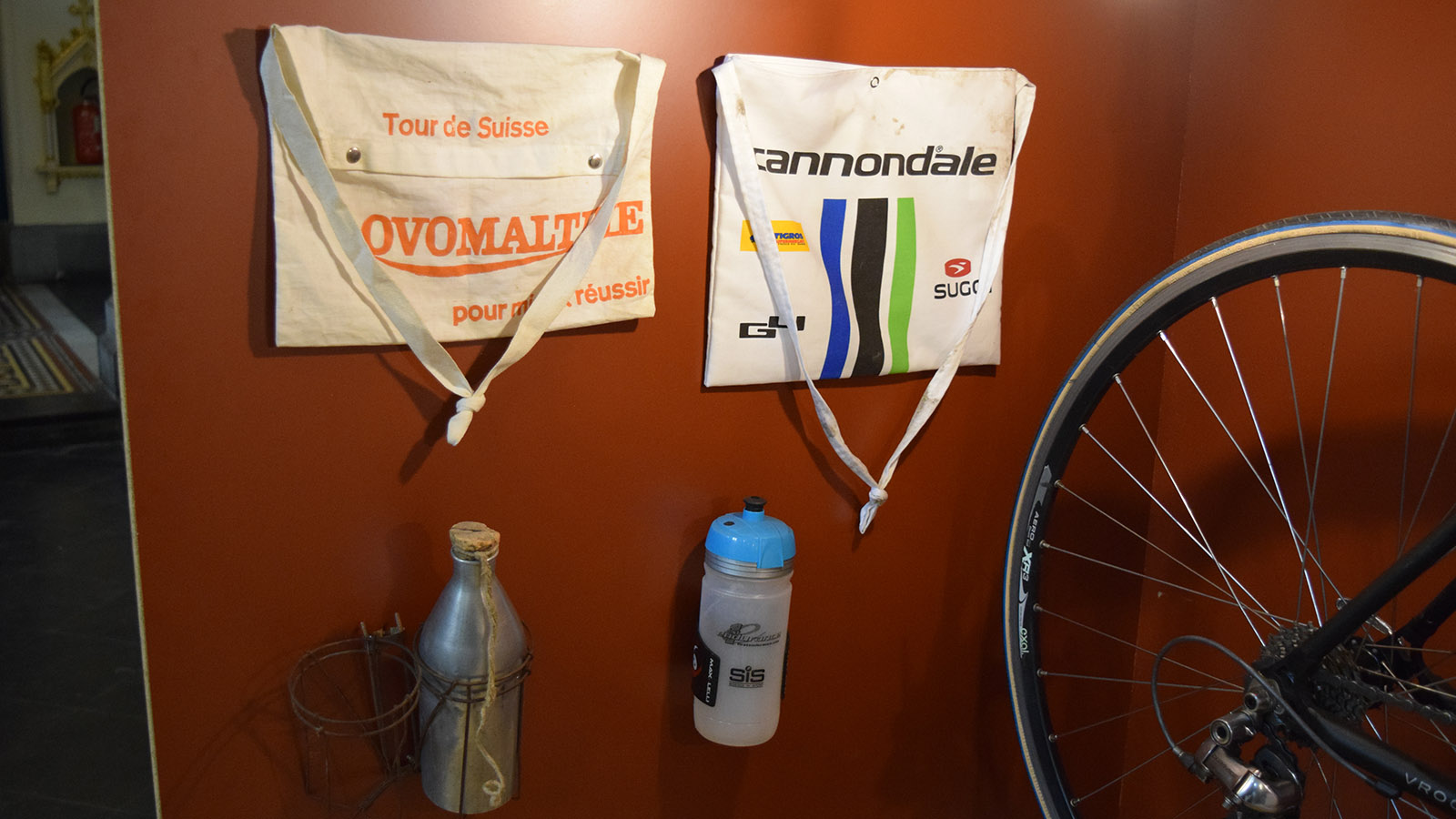
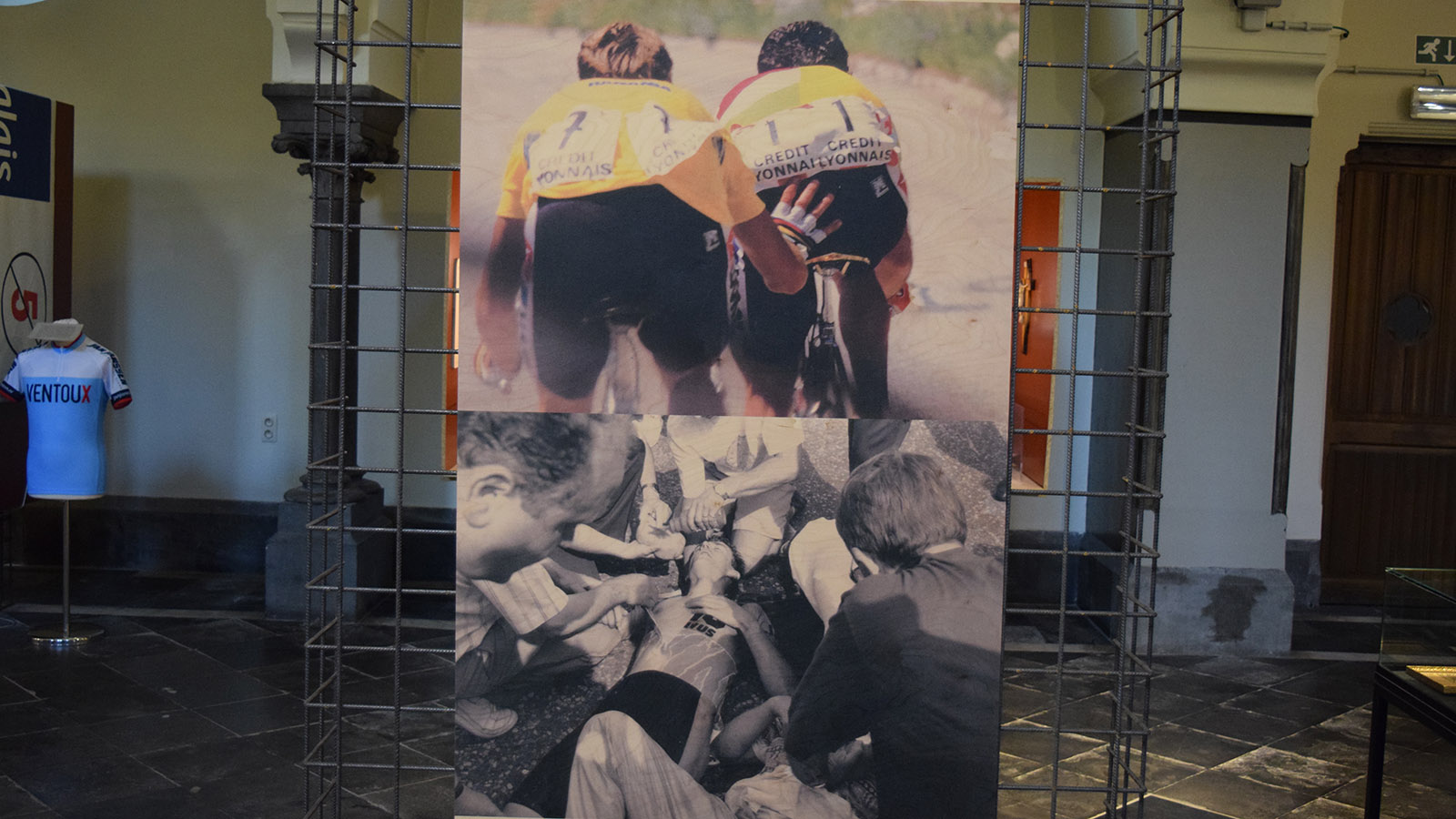
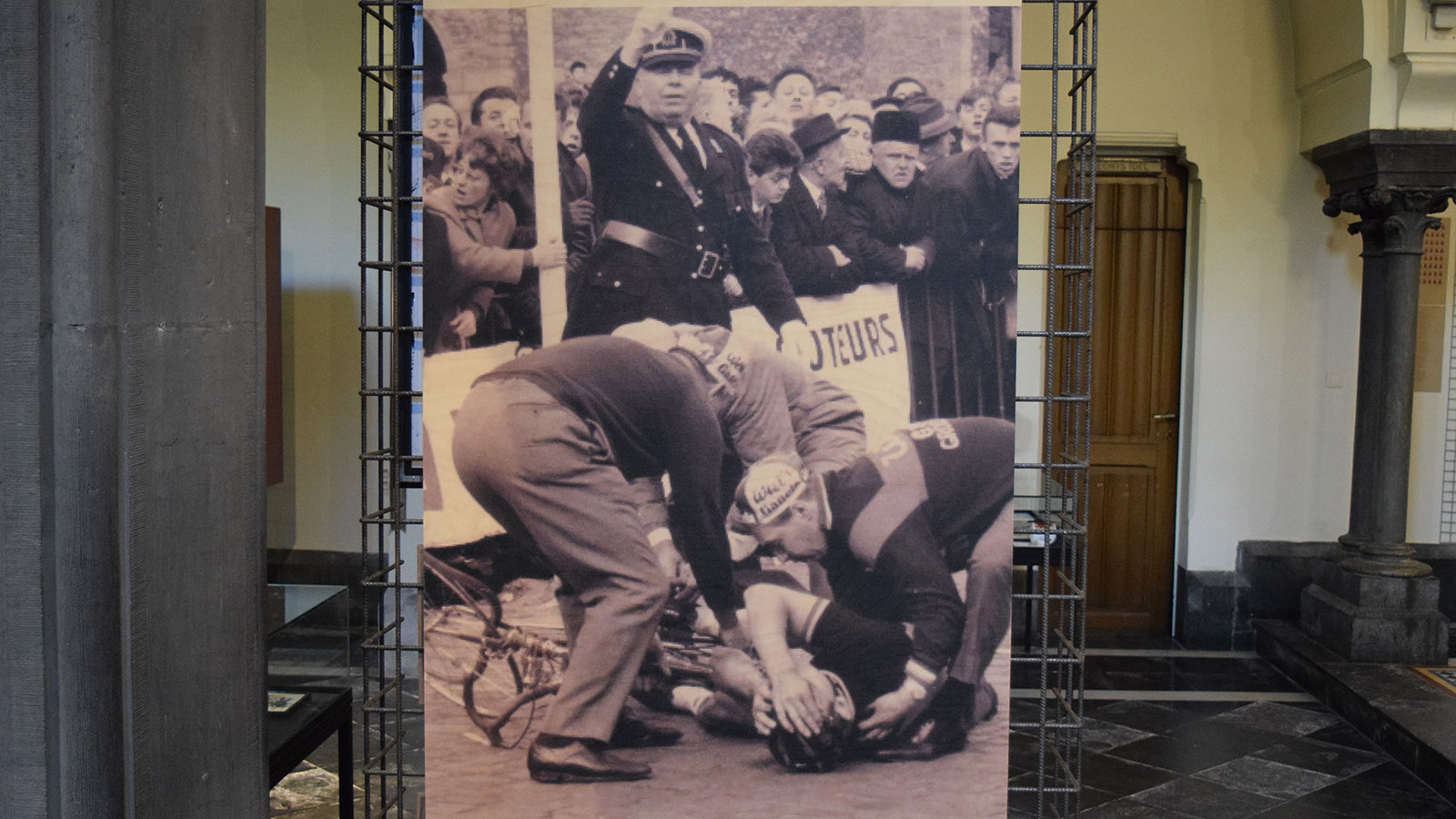
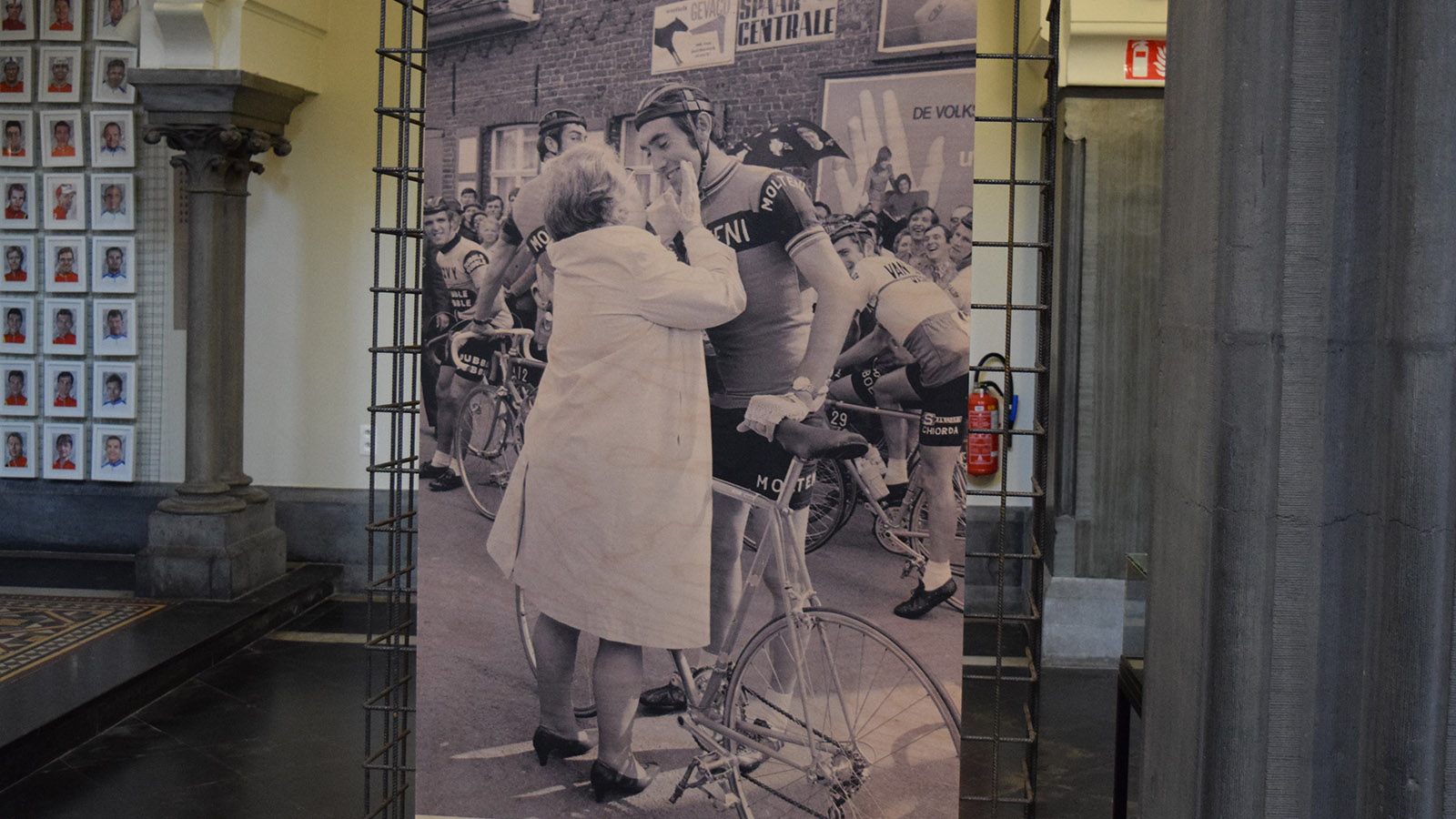
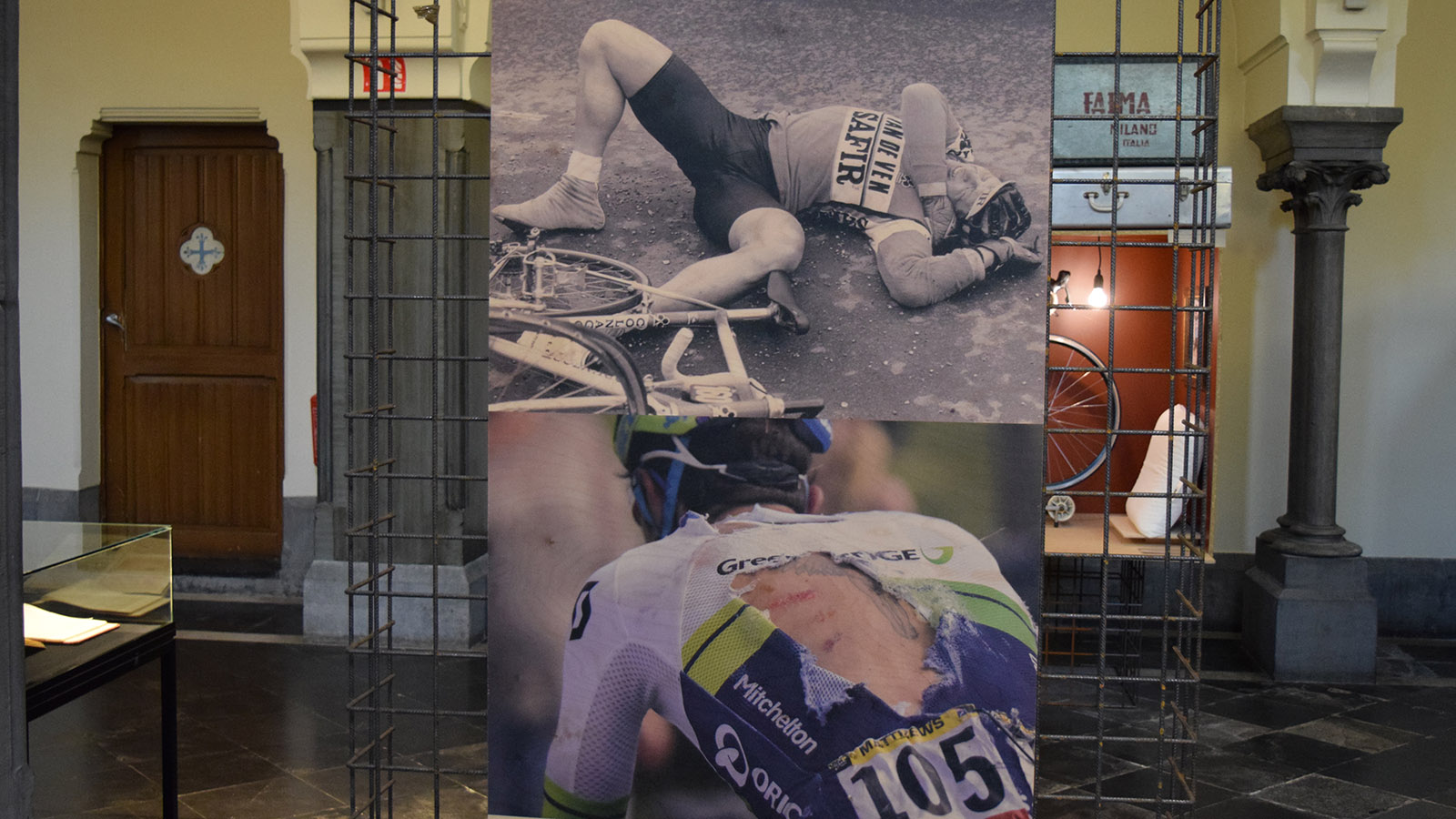
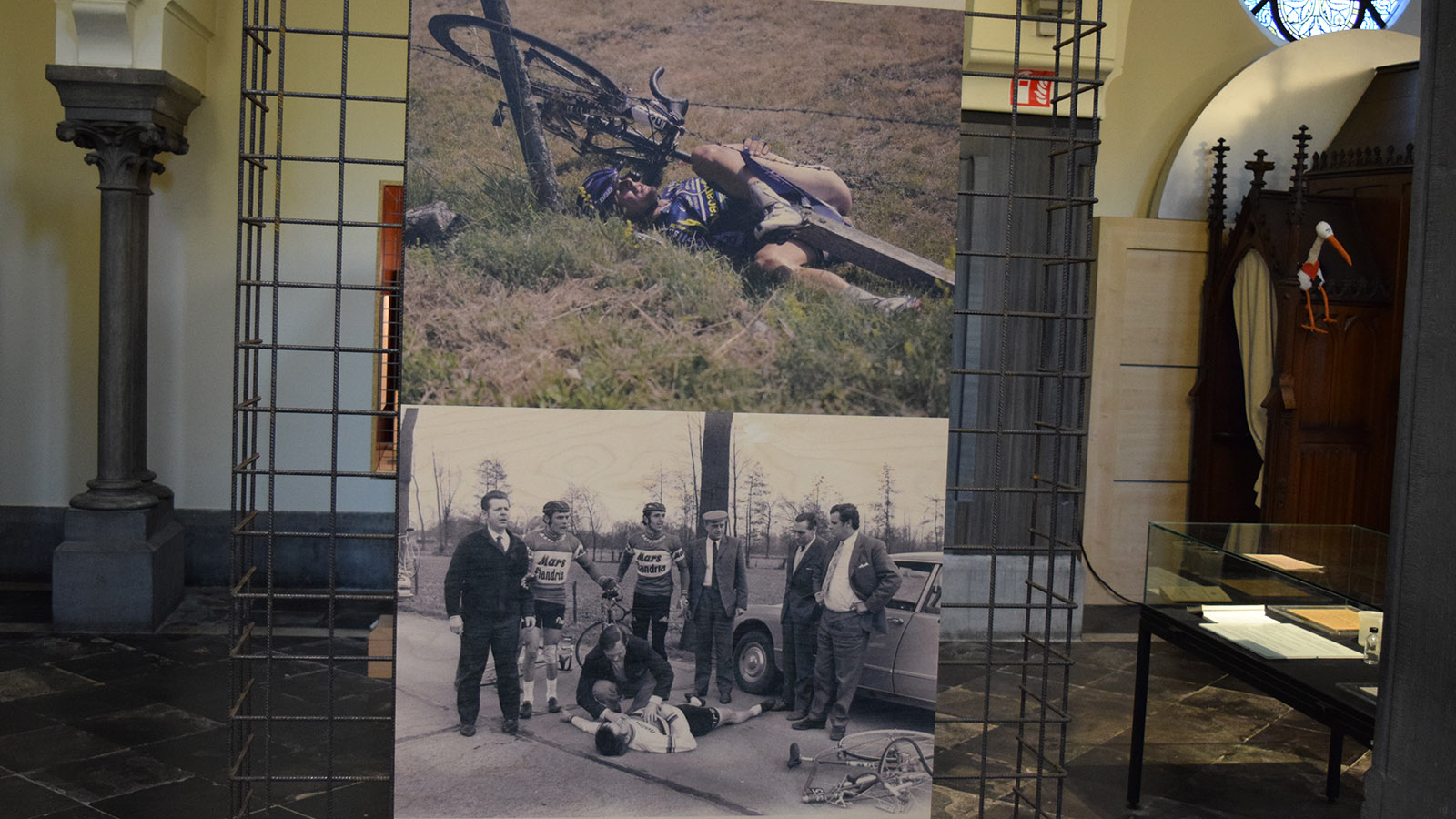
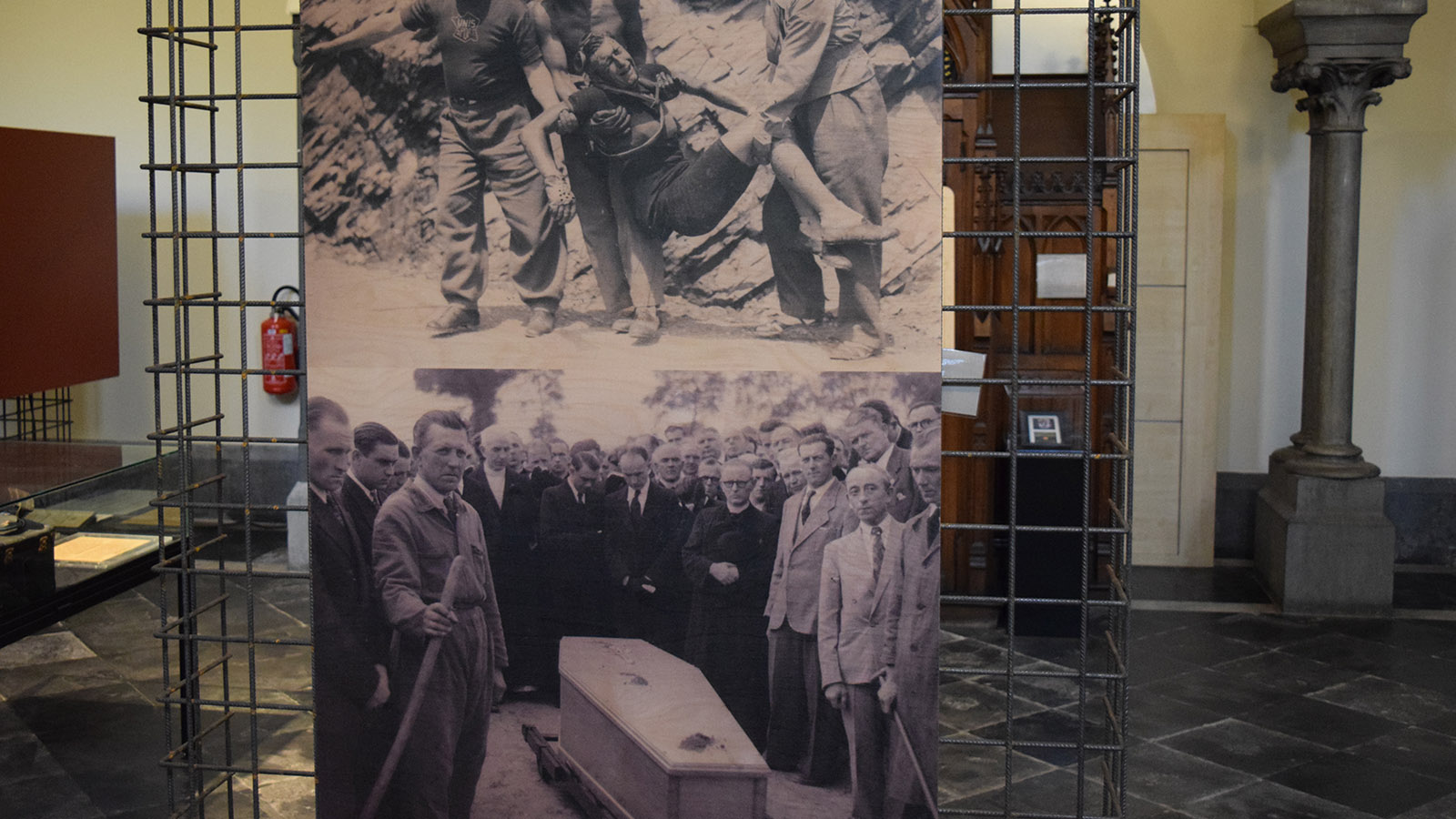
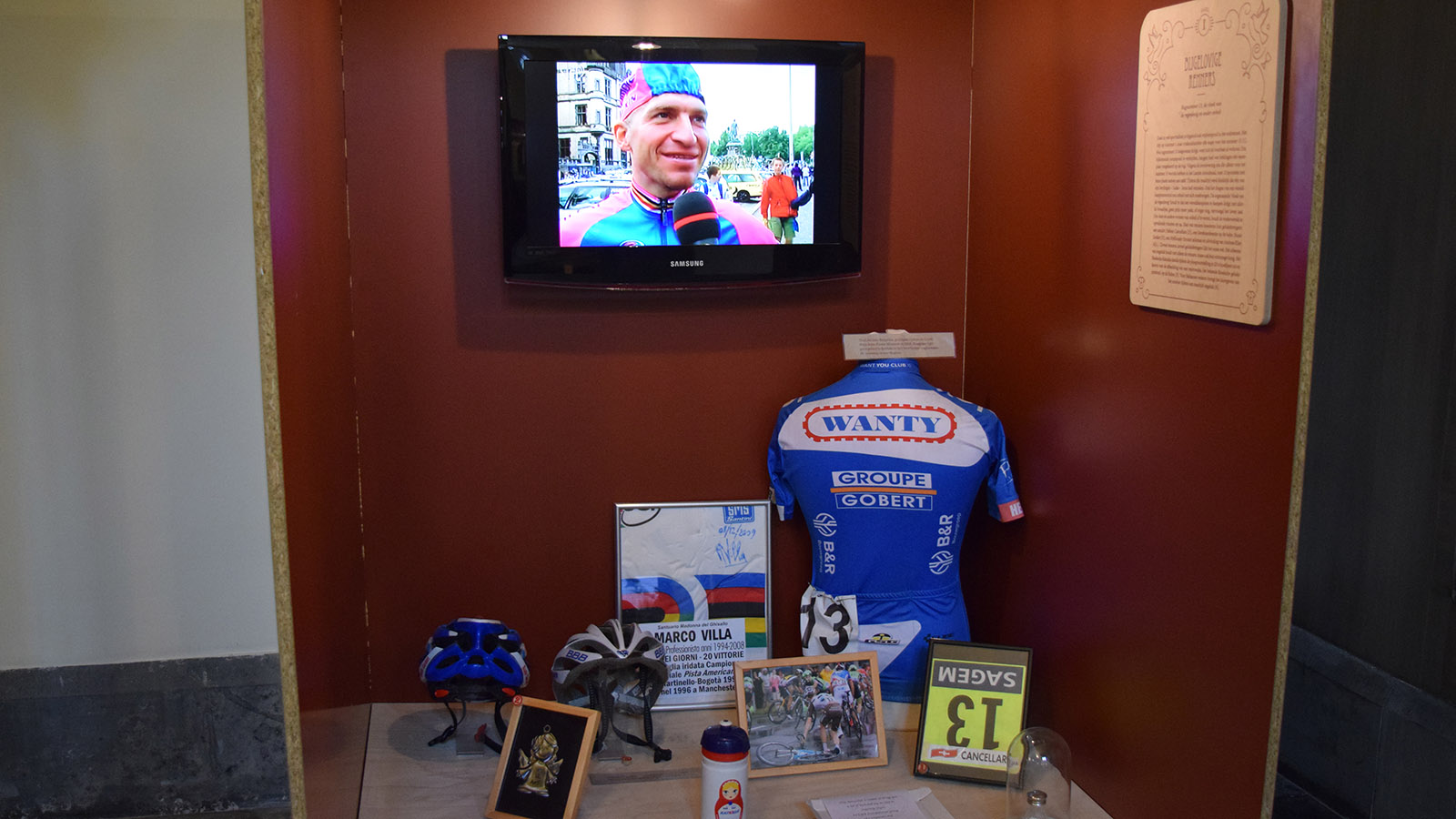
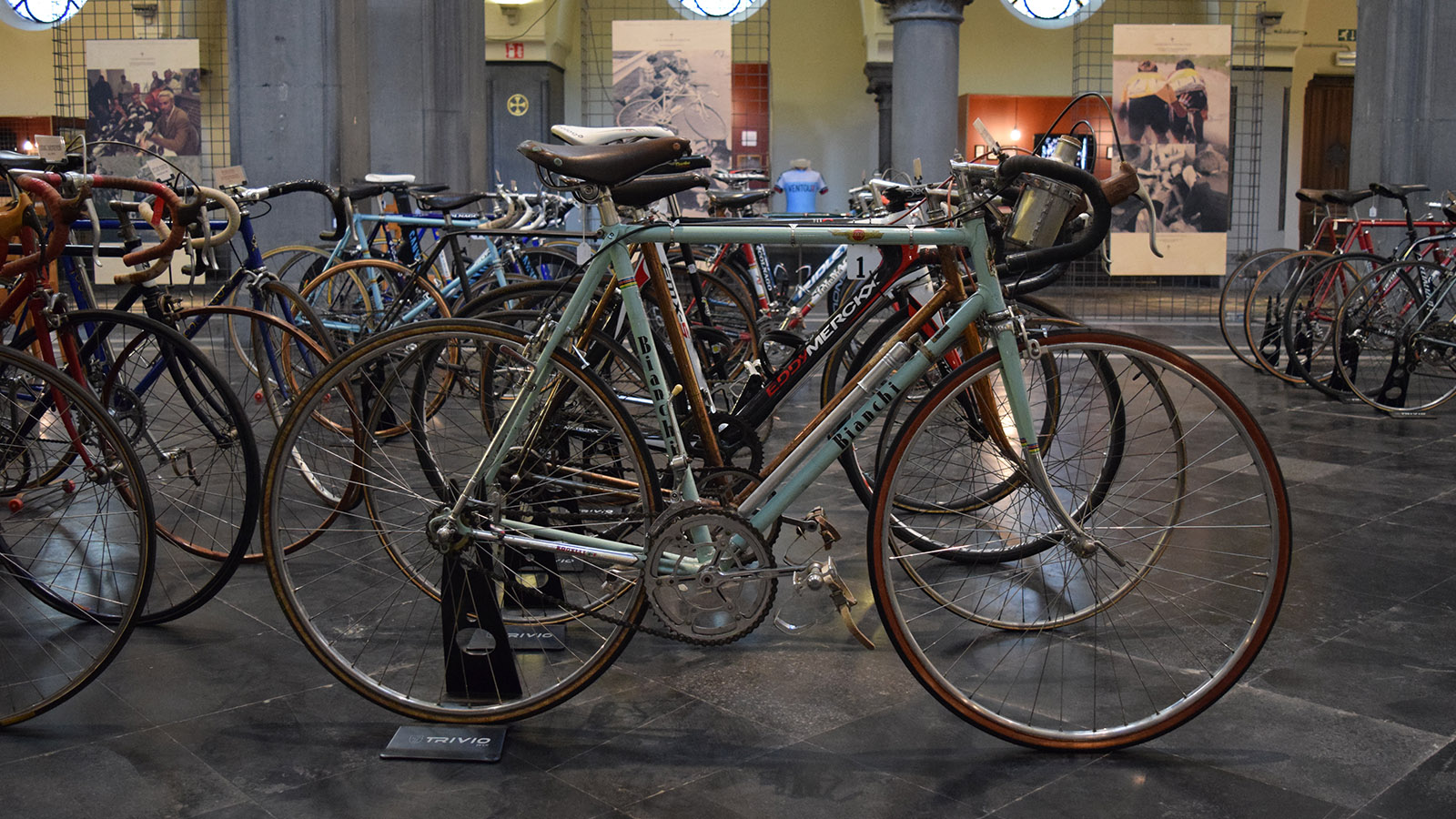
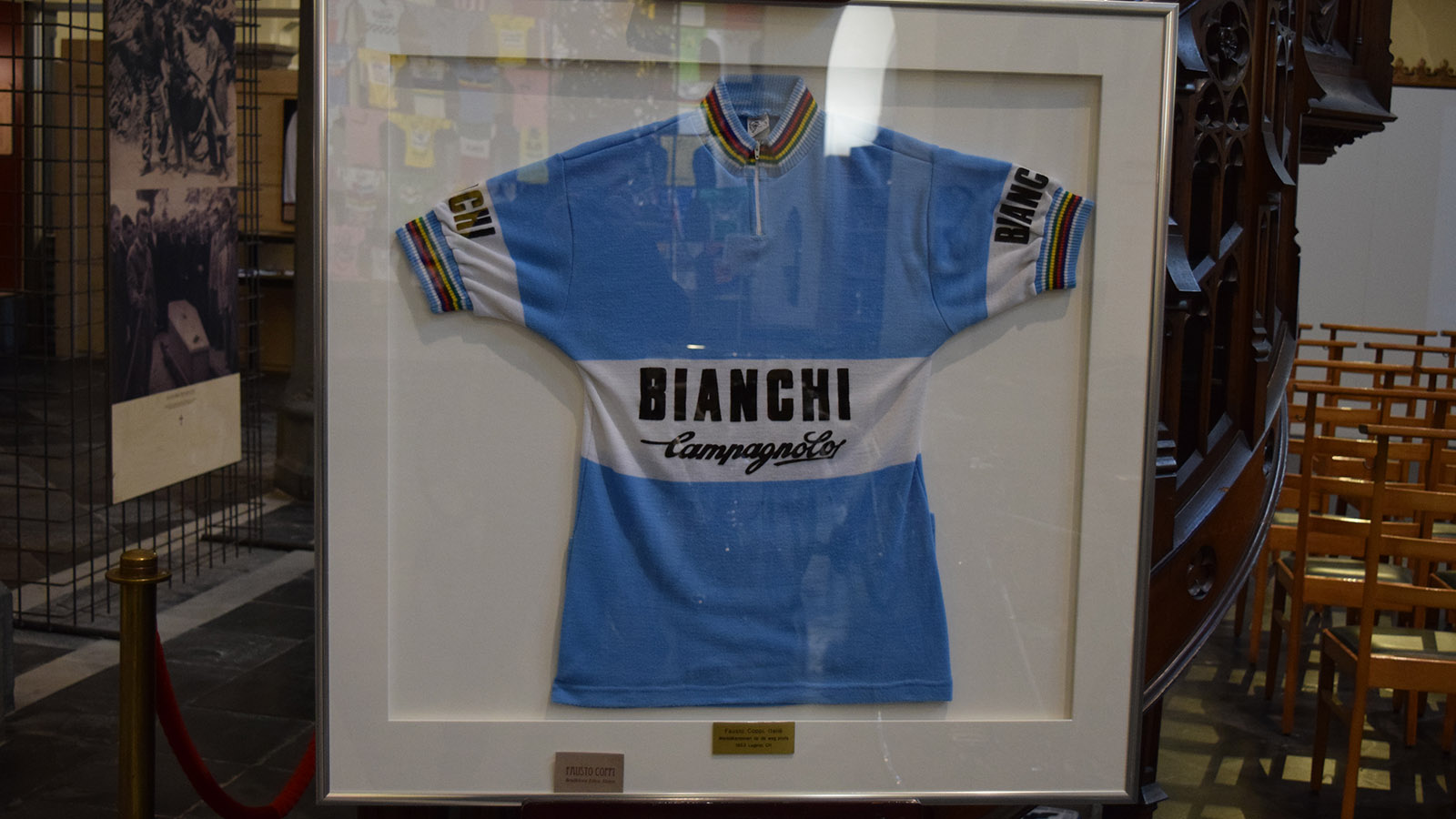
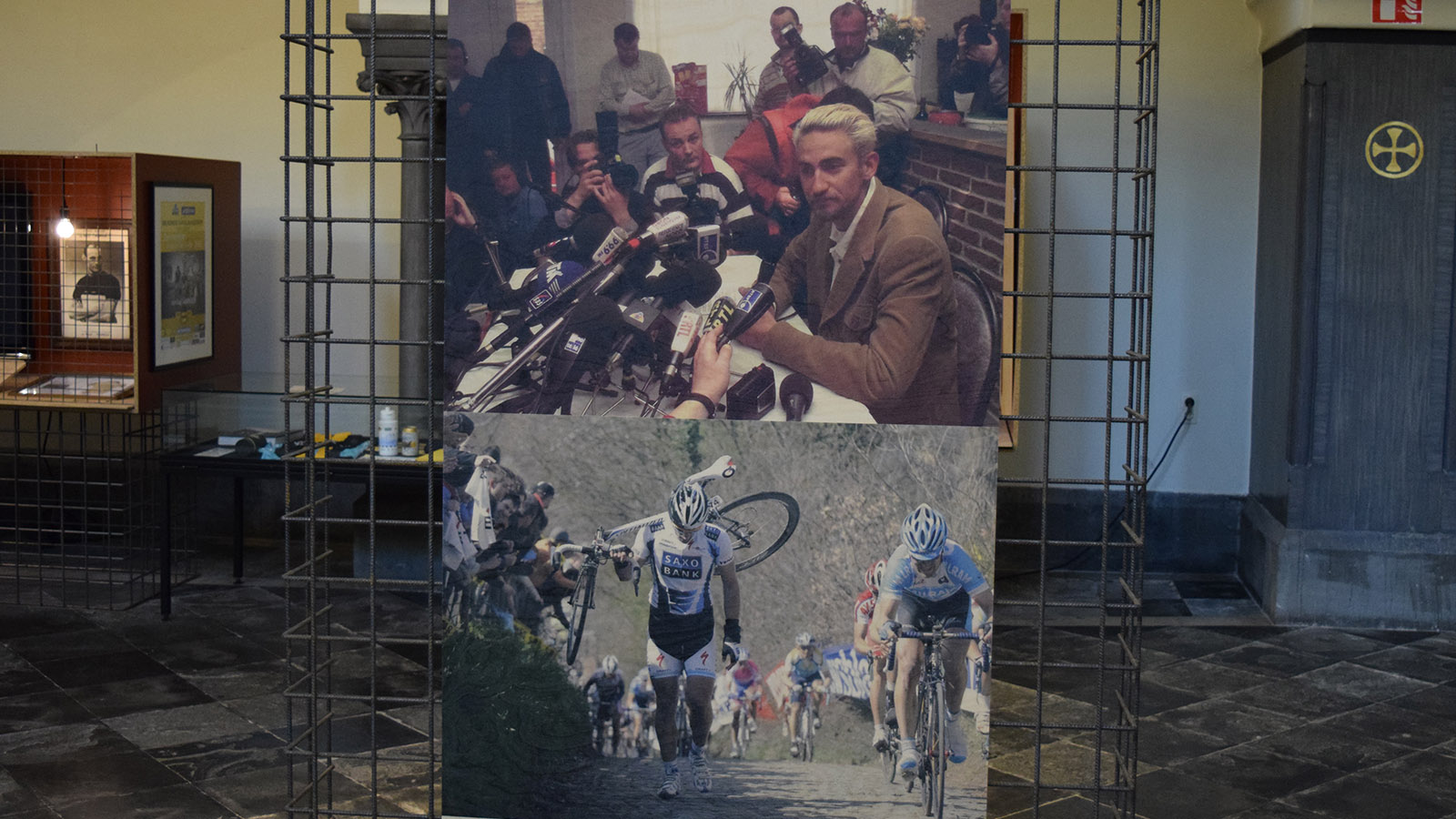
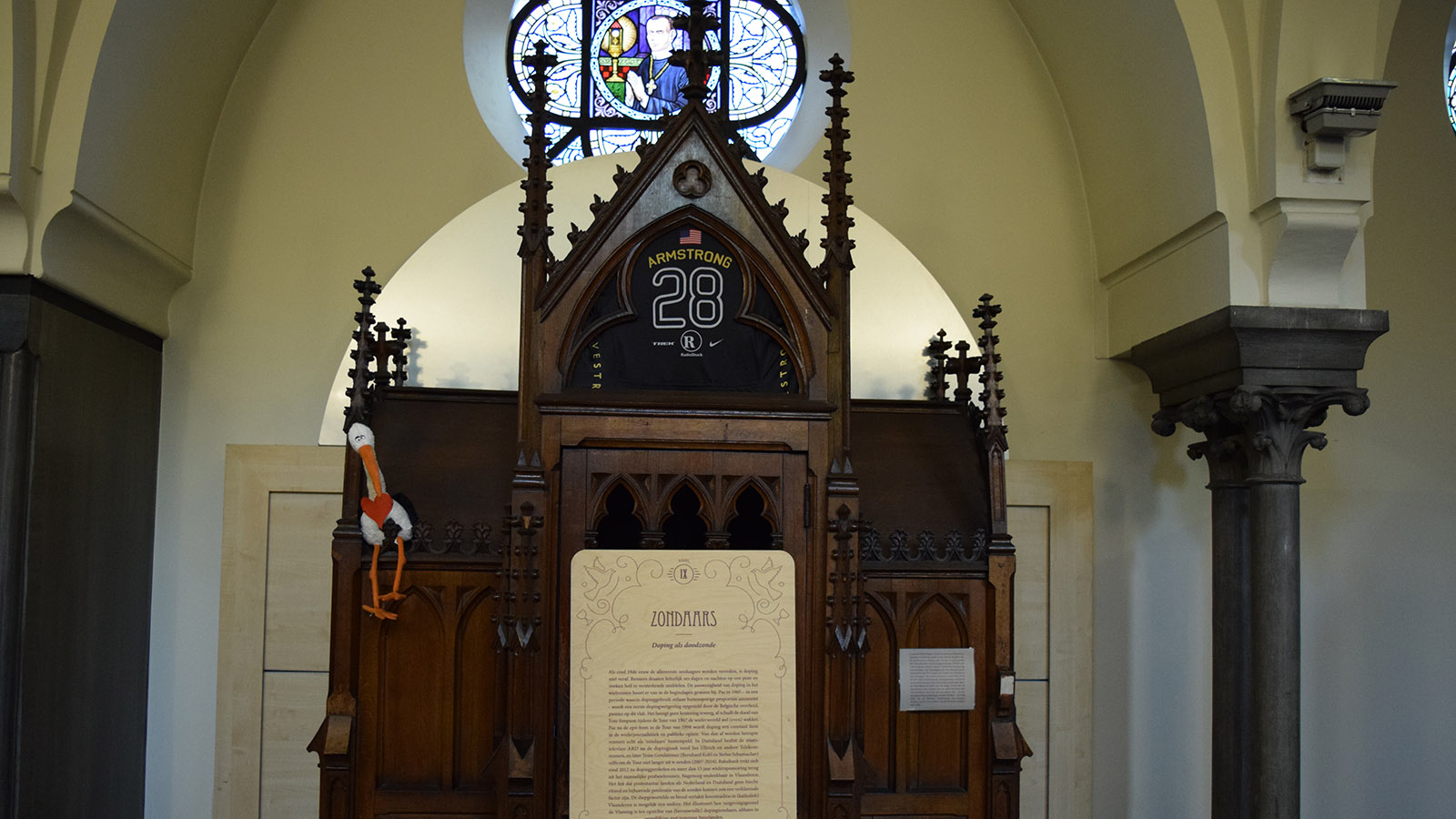
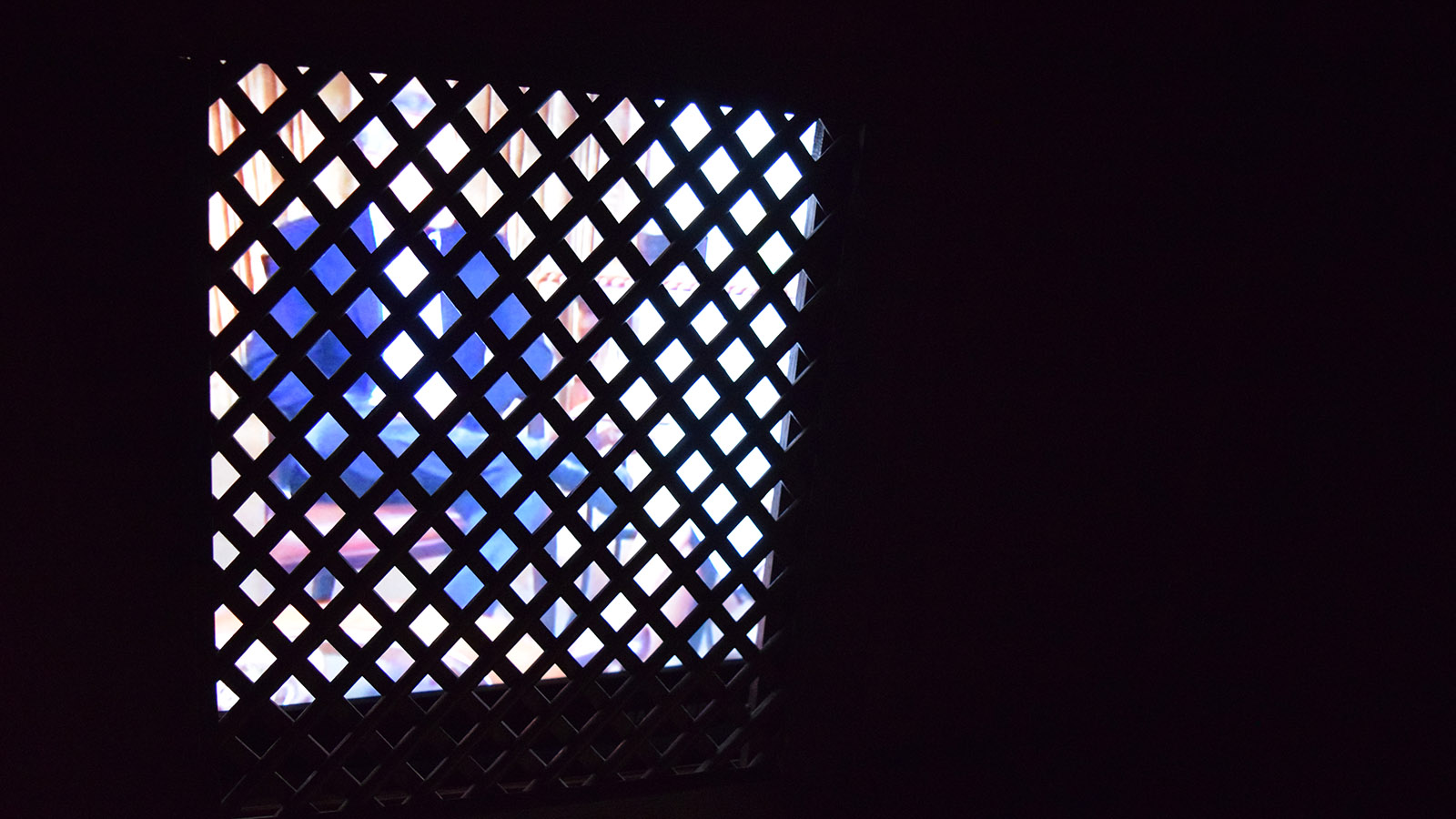
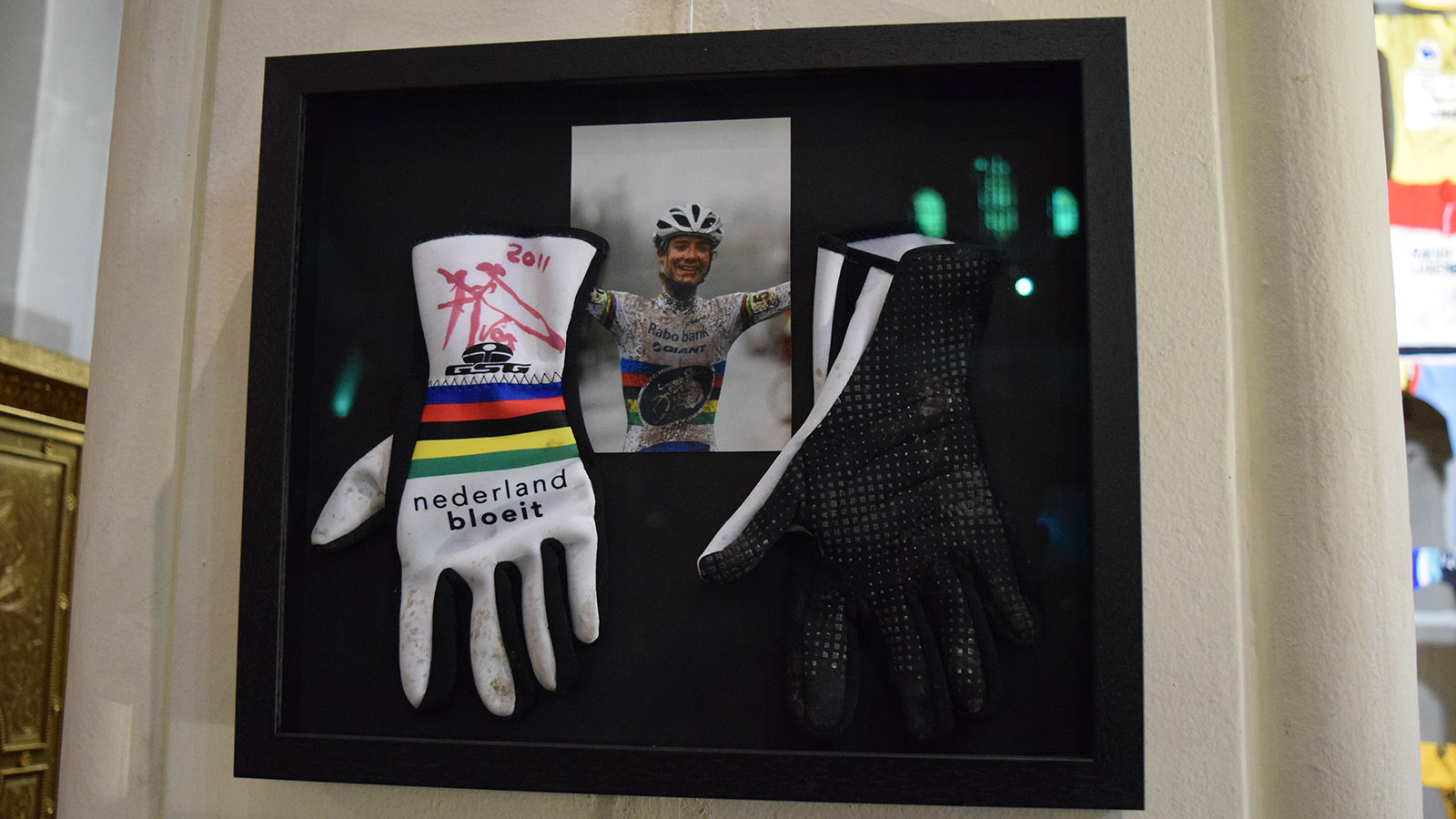
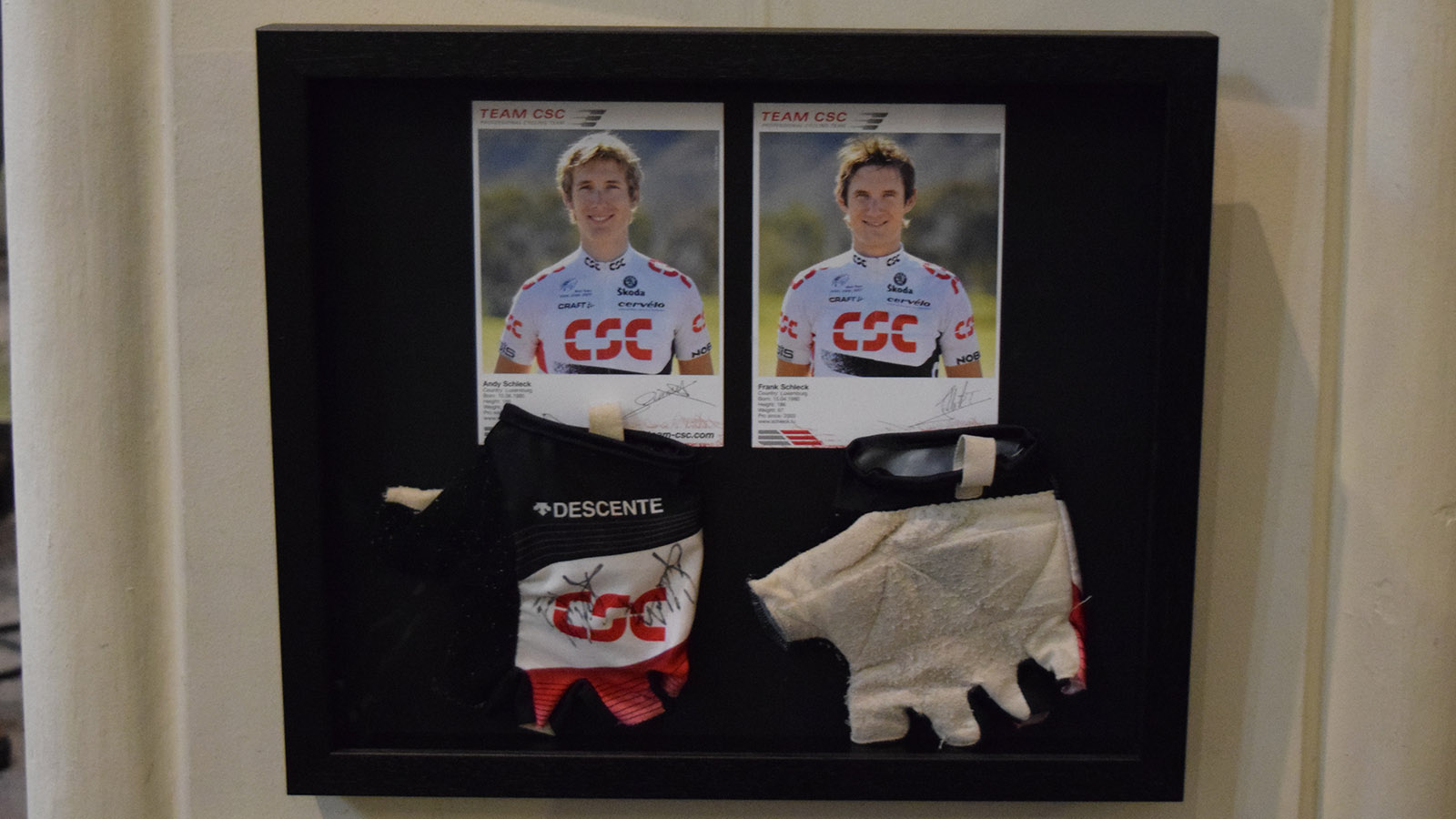
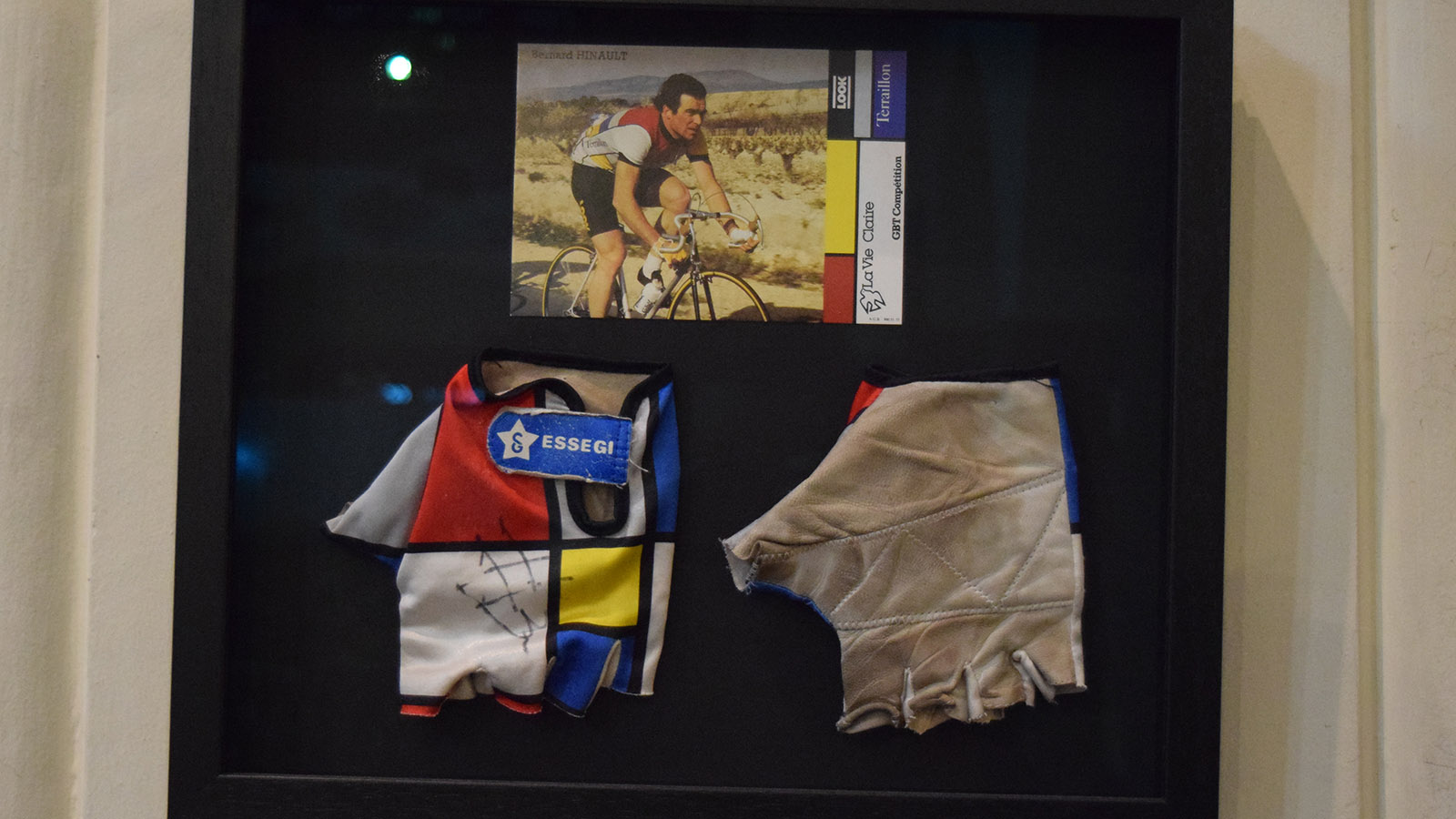
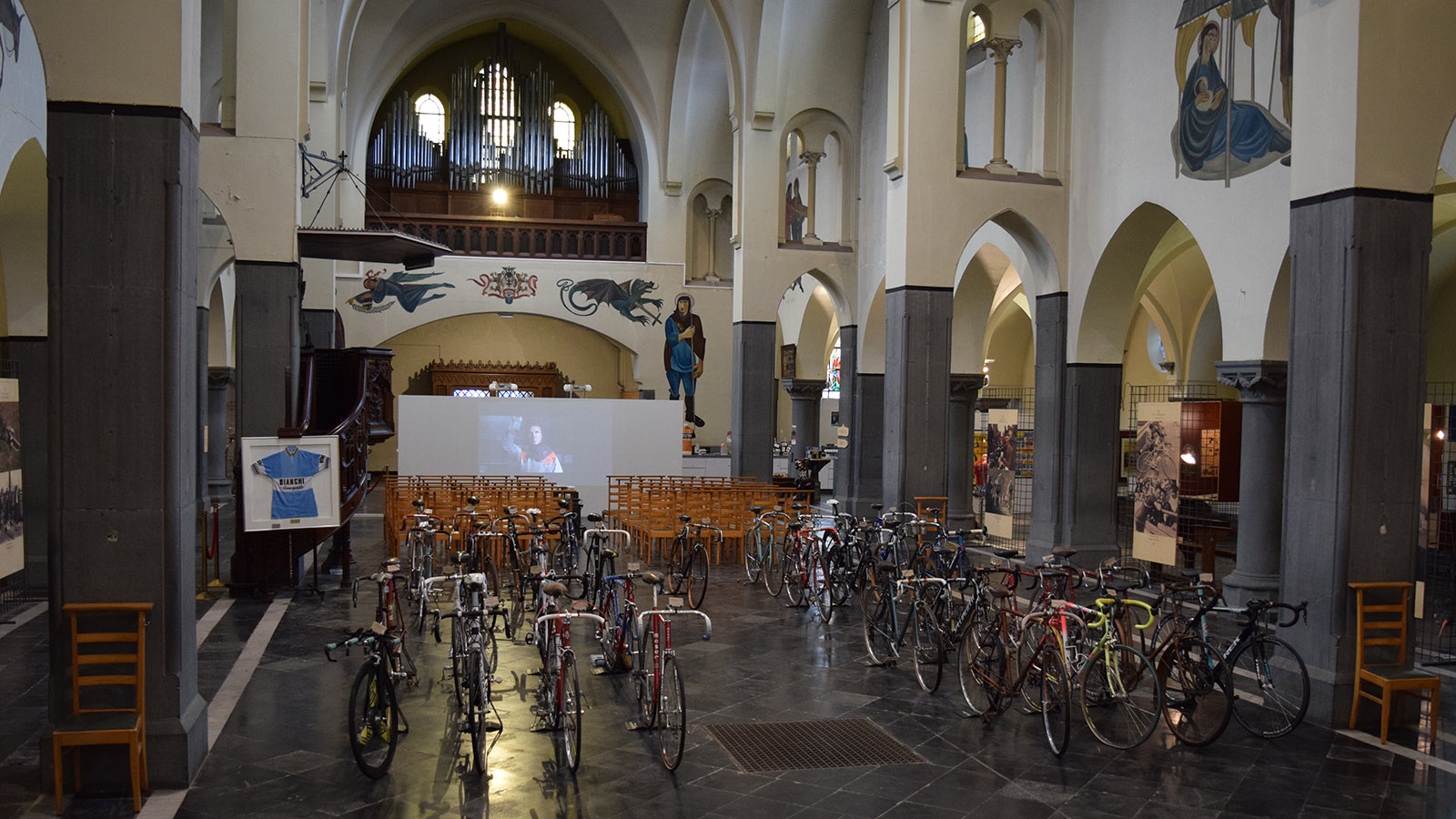
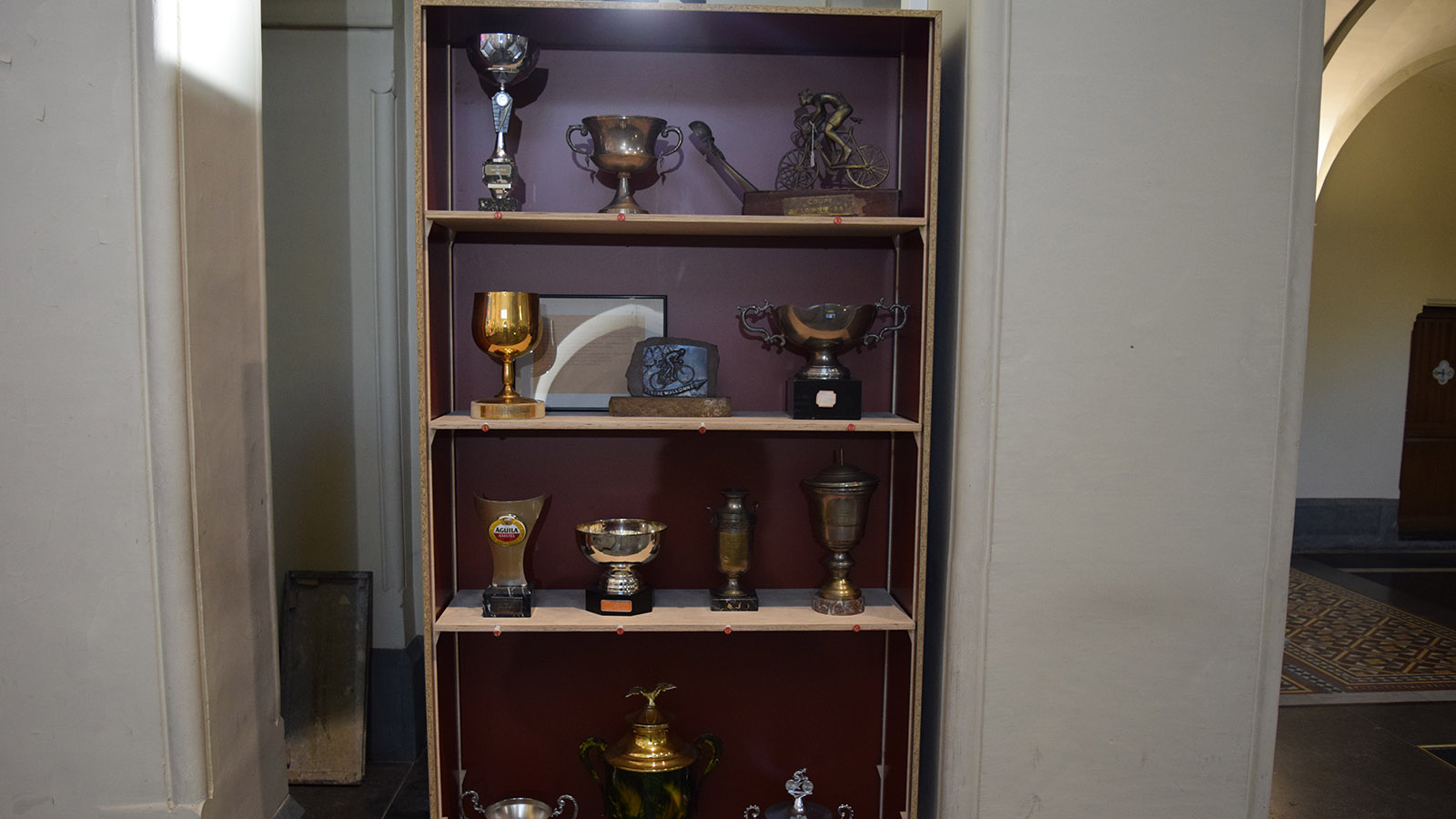
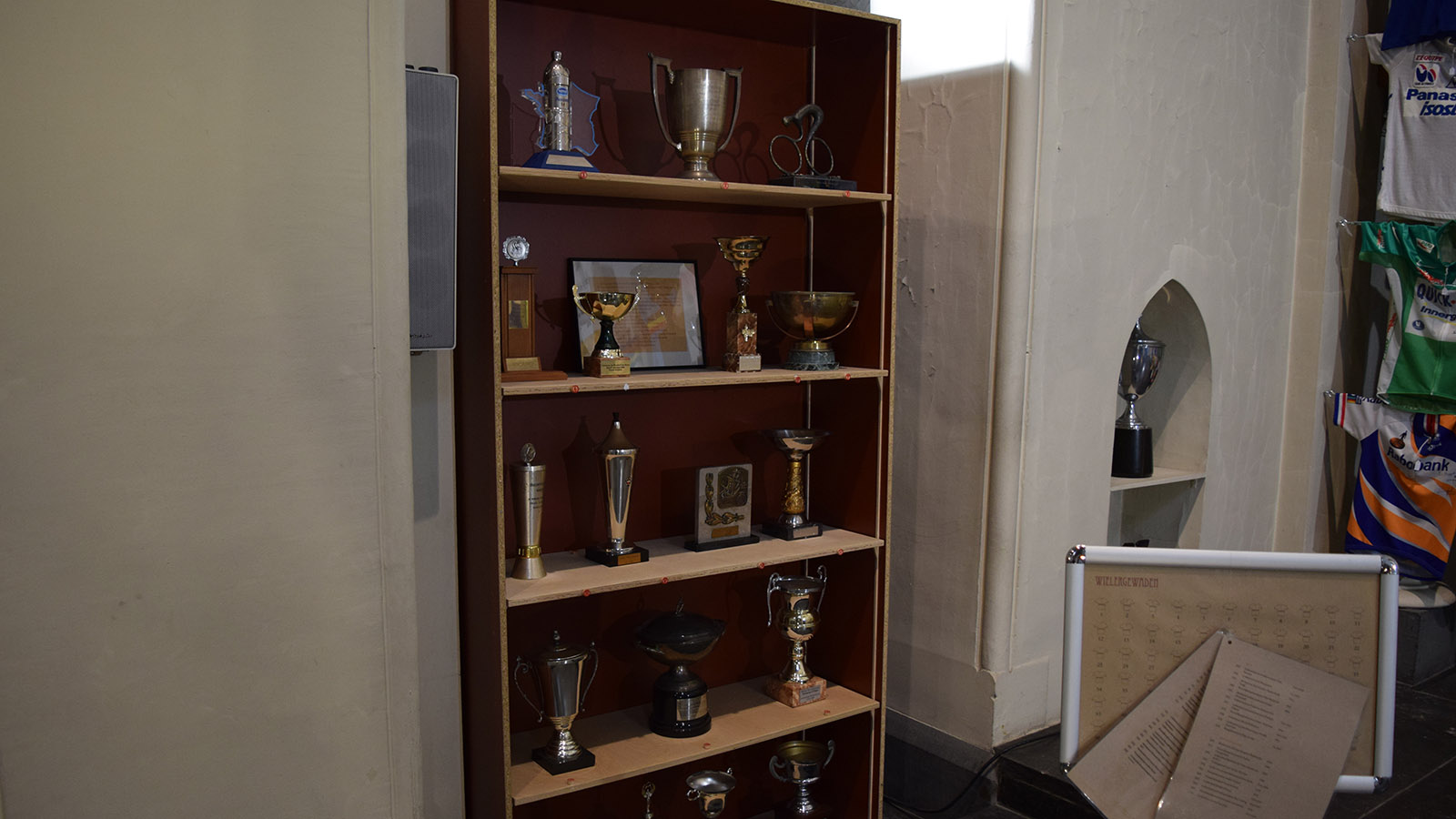
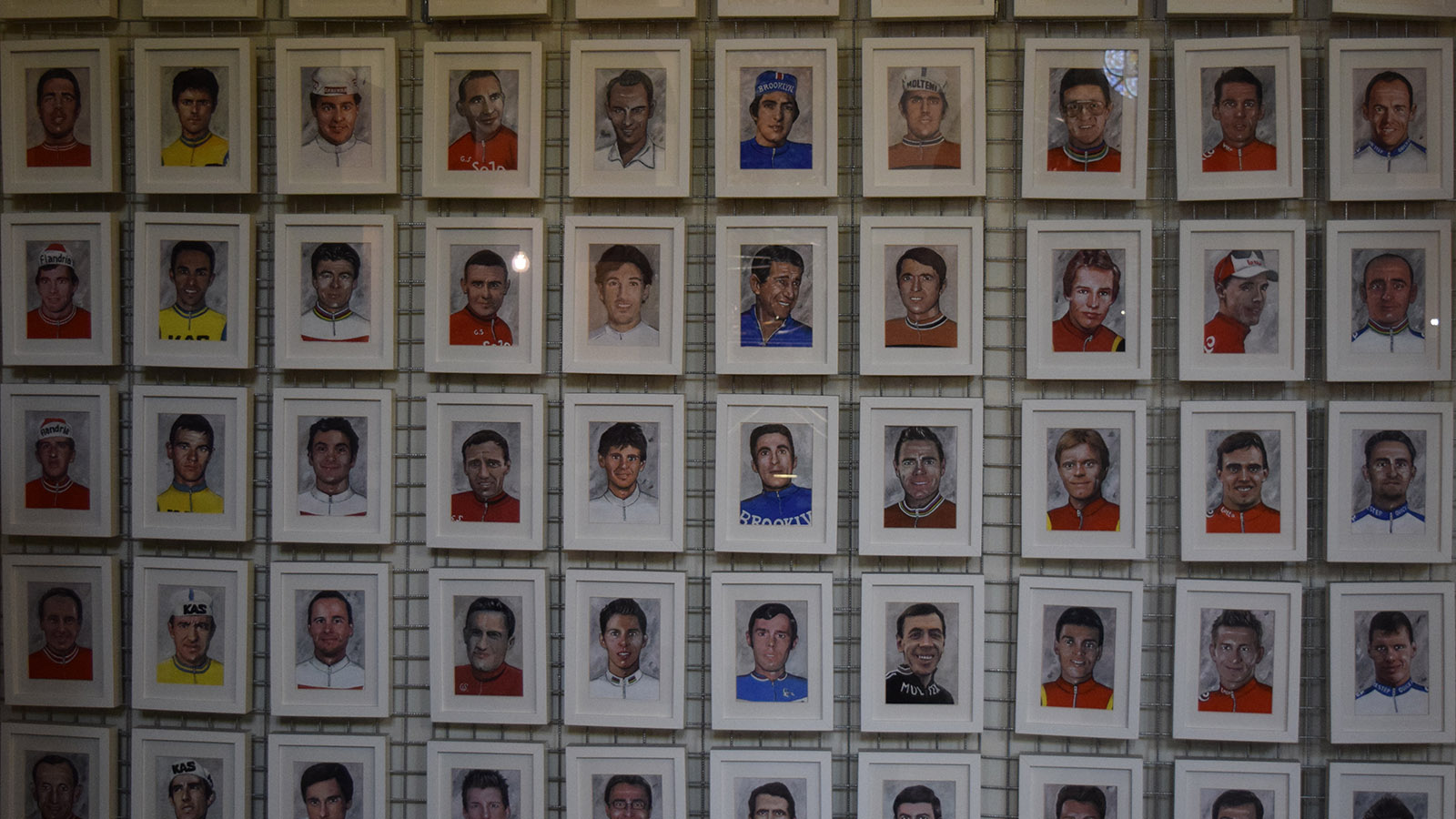
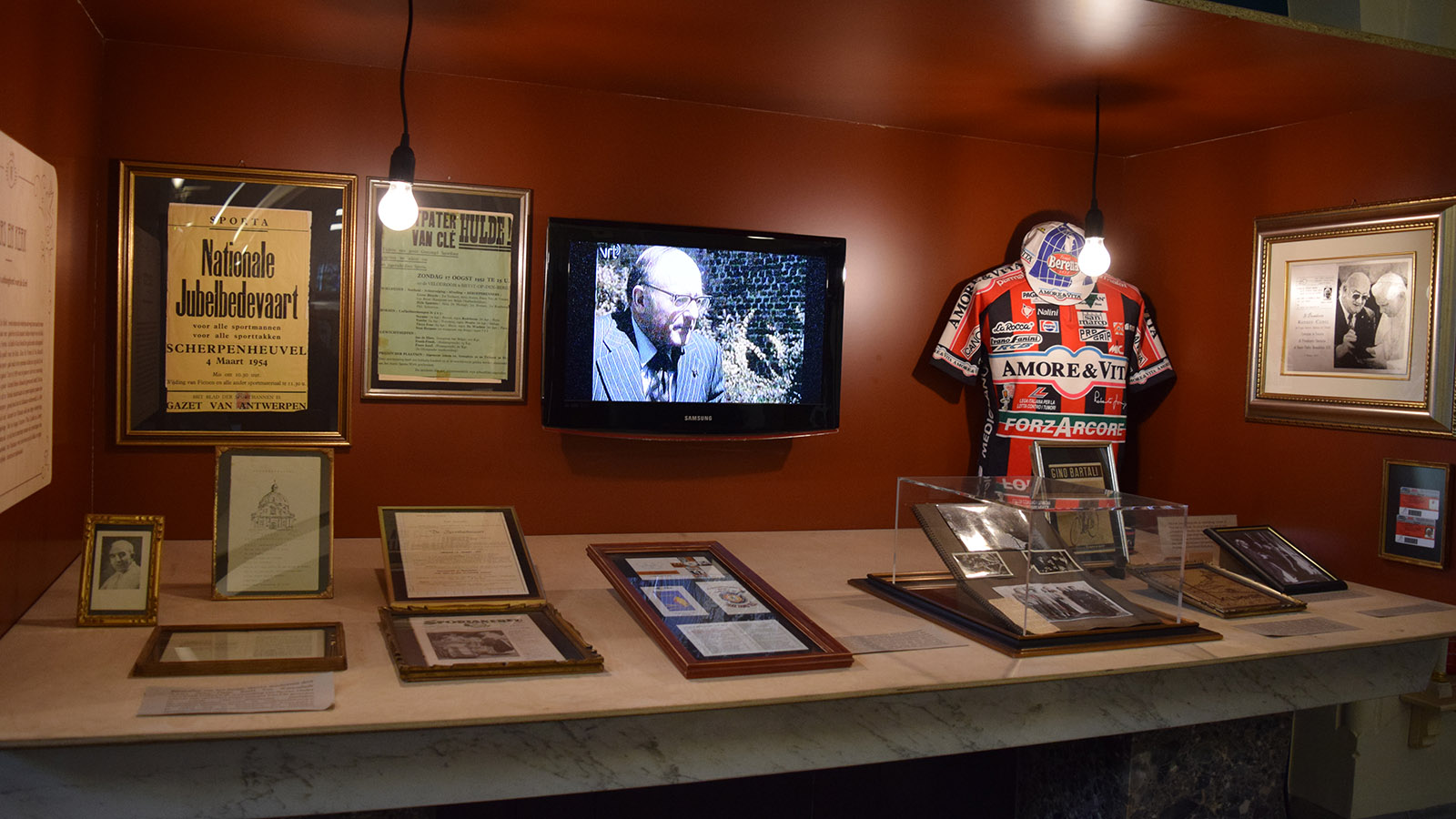
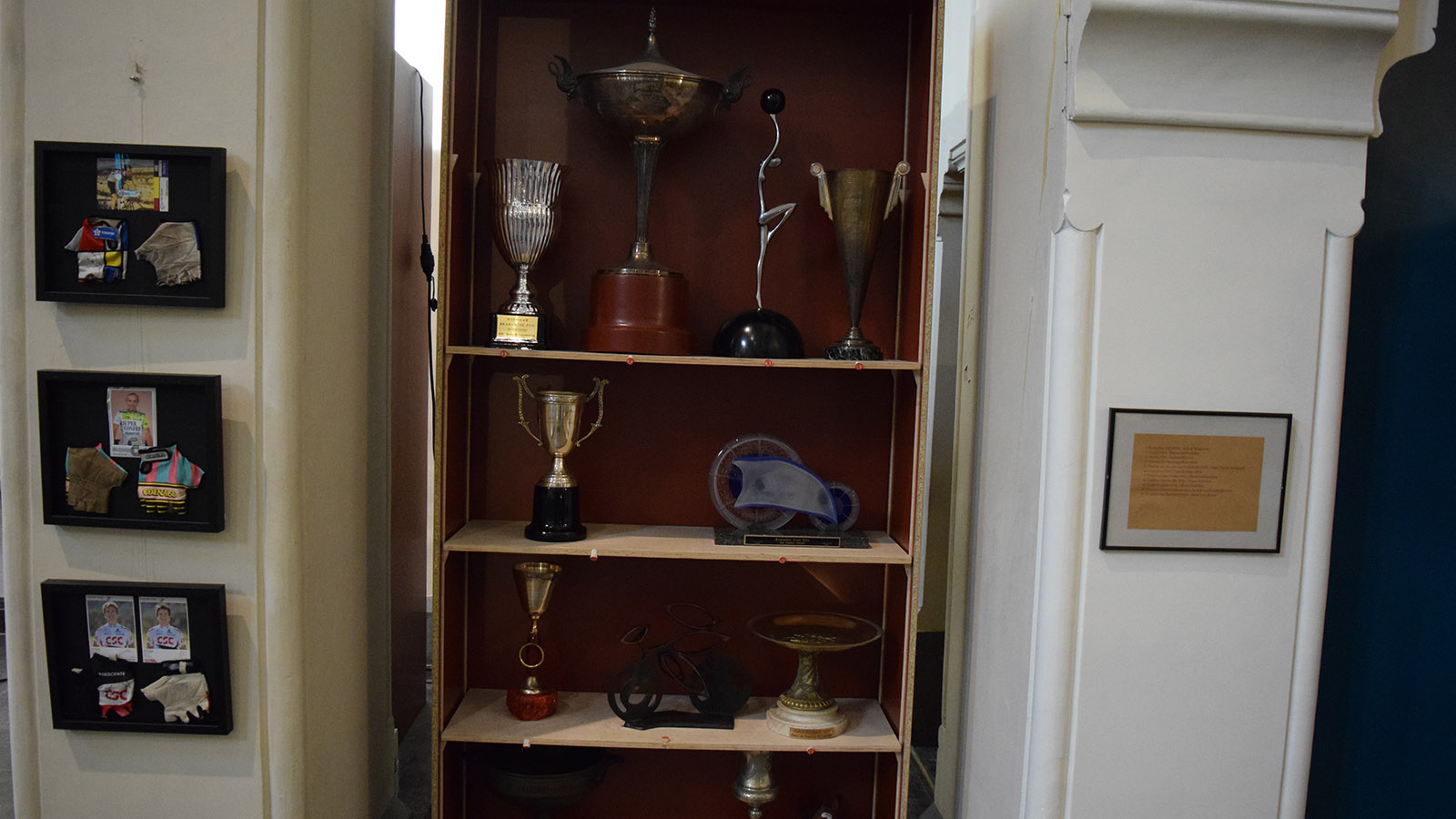
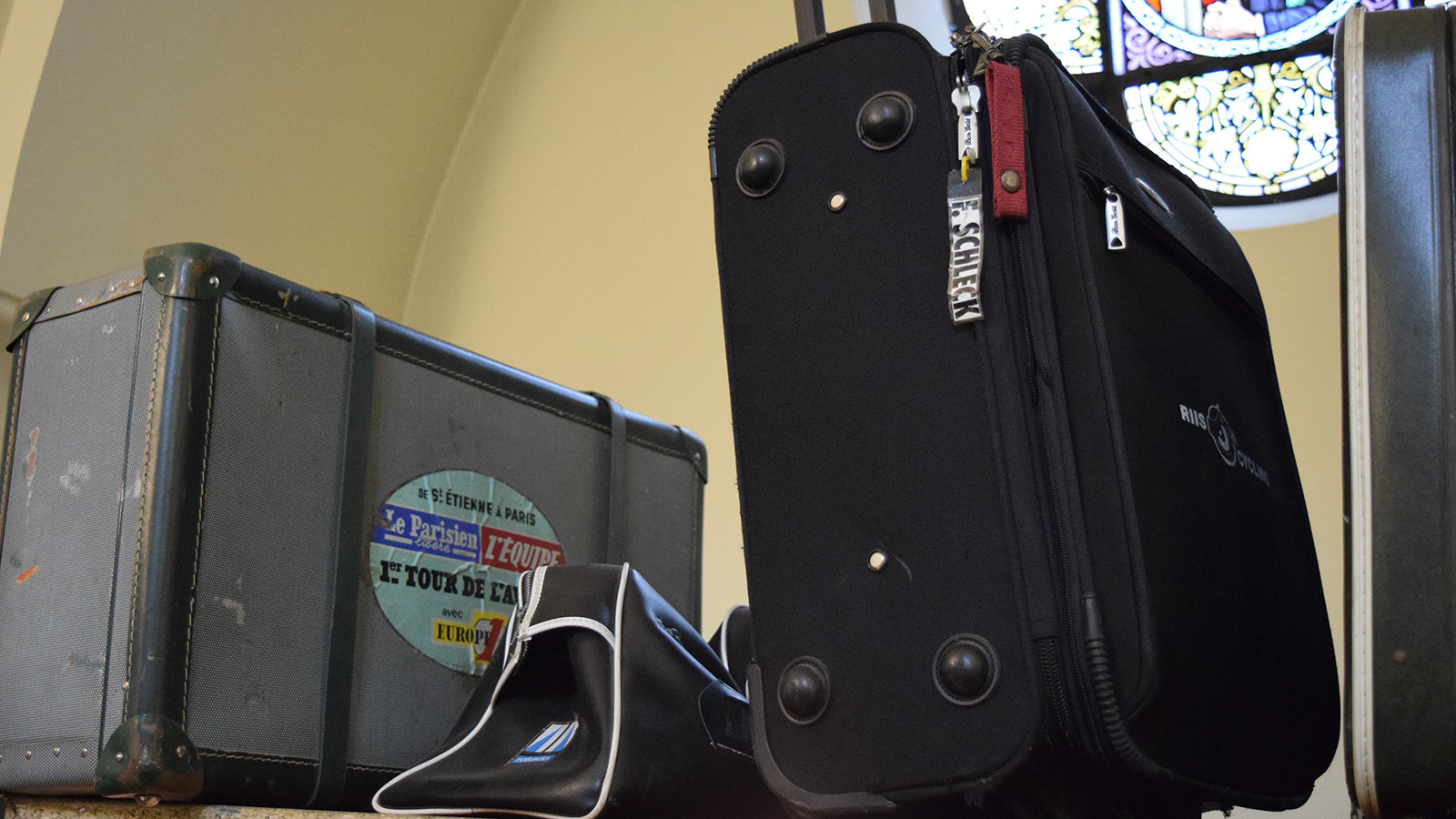
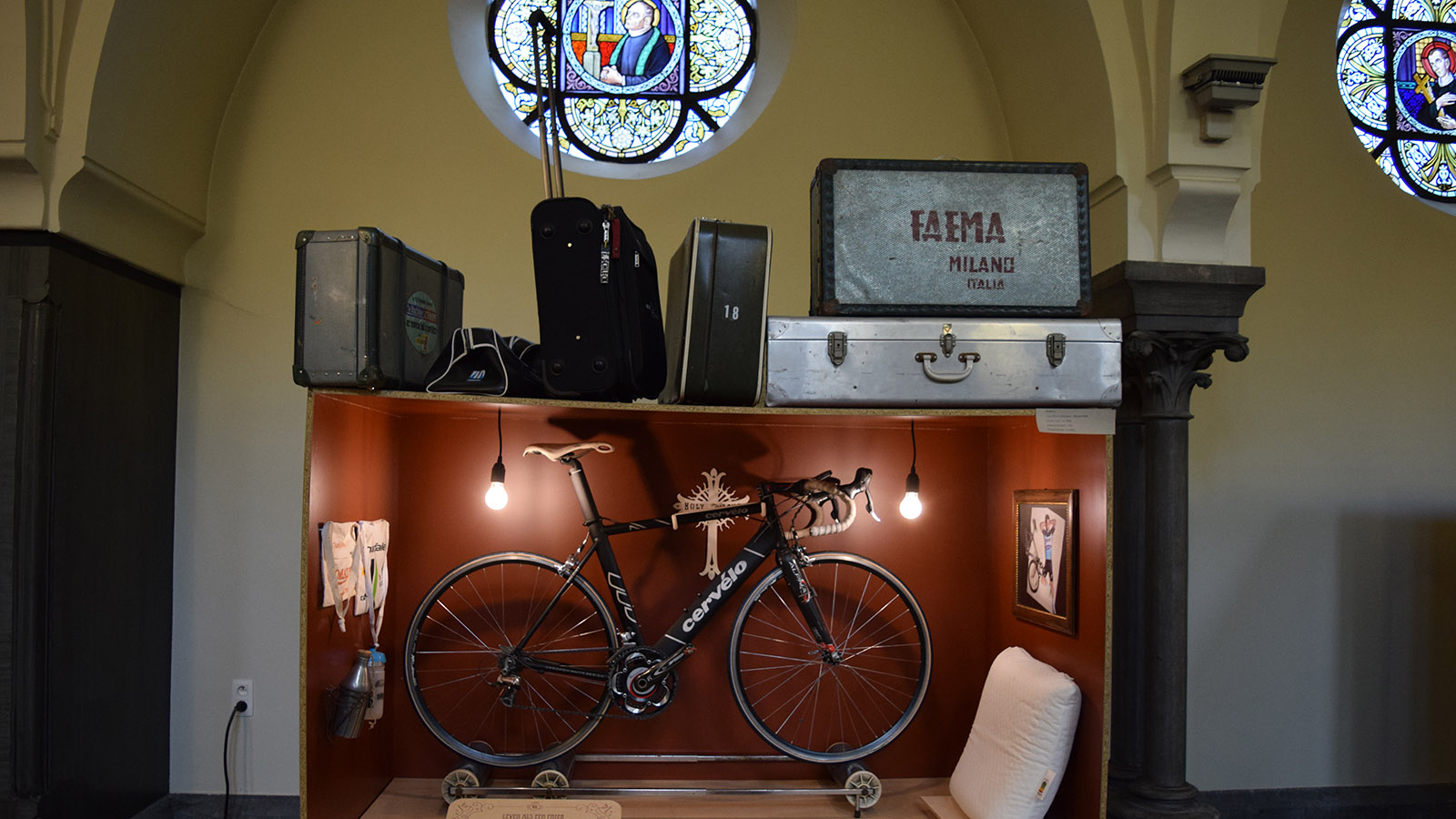
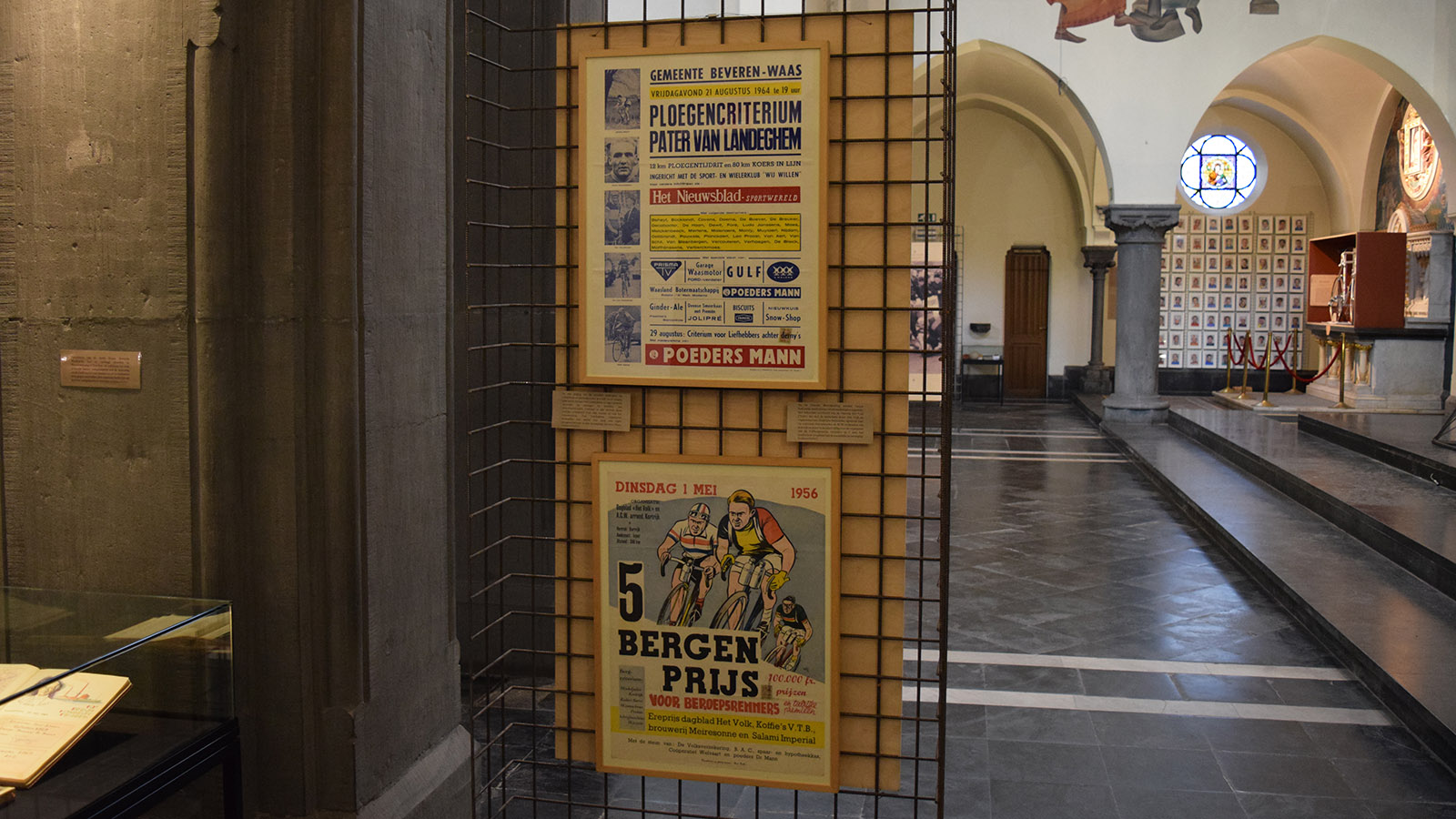
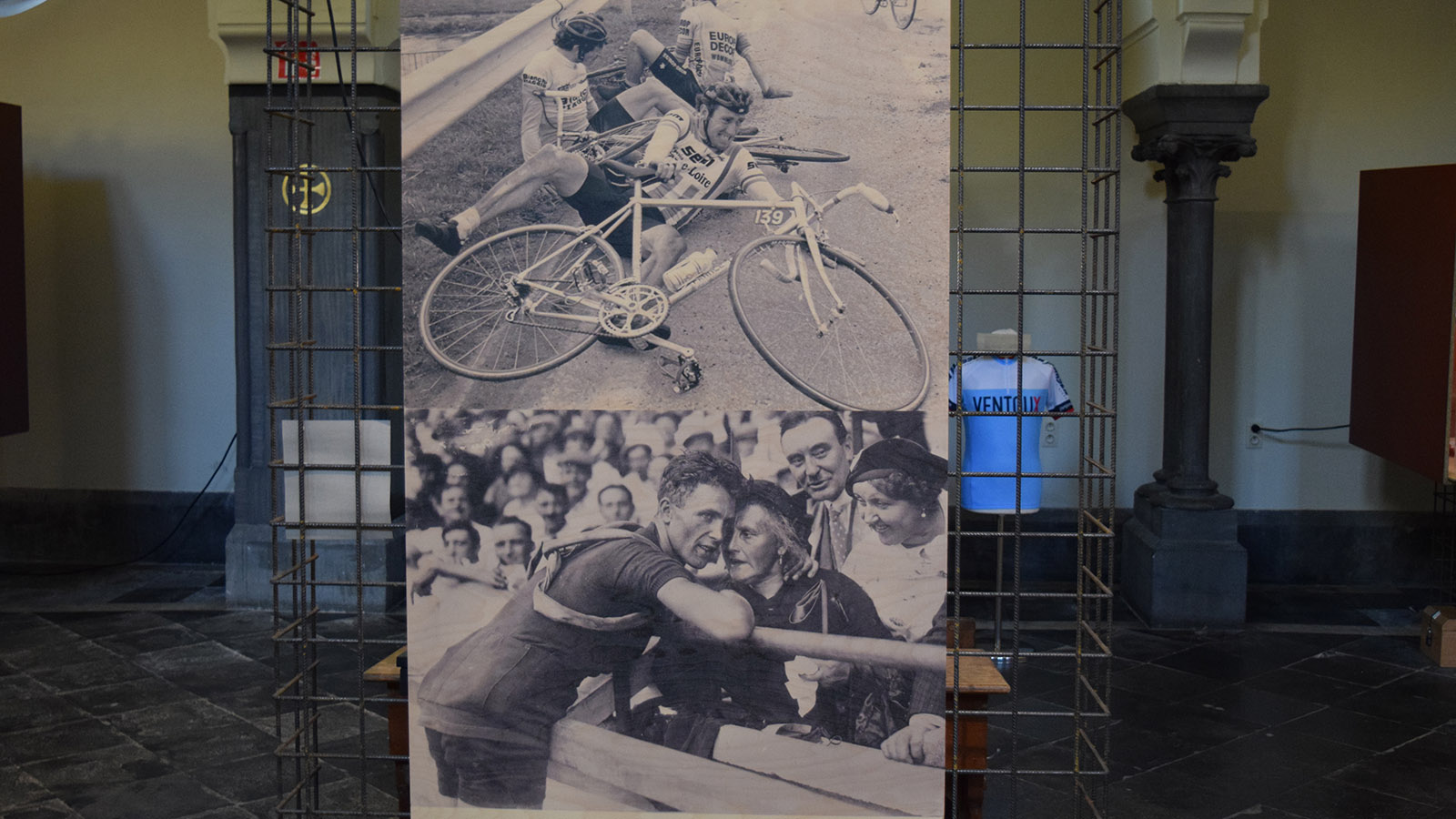
This article is part of 'Belgian Week' on Cyclingnews, a special run of features to celebrate the start of the Classics. For all our Belgian Week content click here.
For Flandriens, cycling is more than just a sport. Each spring, for more than a century, the cycling world - riders, teams, the media and fans of all ages - make a 'pilgrimage' to the region to race, report on and spectate some of the toughest races of the year..
The link between cycling and religion may sound far-fetched to an outsider, but when it comes to words like devotion, suffering, sinning, confessing, fate, pilgrimage, superstition, love, life, and death, they are, to some, one and the same.
The cycling museum in Roeselare examines the links between cycling and religion, specifically Catholicism, through a variety of exhibits at its temporary home at the Fathers' Church in the town. The museum will reopen at its permanent home on Polenplein, Roeselare next year, which is currently undergoing a complete refurbishment.
Like any church, the cycling museum houses historical artefacts and artwork, although here depicting the sport of cycling. Posters, leader's jerseys, victory trophies, and bicycles of cycling legends past and present are on display, including everything from Fausto Coppi's Bianchi to mitts belonging to the Schleck brothers.

The Pilgrimage
As well as the rare and valuable products on display, the cycling museum takes visitors on their own 'pilgrimage' through the church through 10 cabinet displays located along the external walls of the building. The displays include:
- Ritual gathering in Flanders: The Tour of Flanders, the ritual springtime cycling gathering.
- Fairground race: The race can be traced back to the Fairground.
- Pilgrimage destinations: Must-visit sites for all cycling enthusiasts.
- Fate: Death races too.
- Cycling gods: From local gods to Miracle Merckx
- Cycling and the church: Cycling as the church's representative.
- Living like a monk: A cyclist's hermit-like existence.
- Religious cyclists: Scapulars, rosaries and patron saints.
- Sinners: Doping, a mortal sin.
- Superstitious cyclists: Competitor number 13, the rainbow curse and other misfortunes.

Station number 9 - Sinners - is strategically located within the church's confession booth. A black Lance Armstrong jersey adorns the outside of the ornately carved booth, while the opening minutes of the infamous interview with Oprah Winfrey plays on loop behind the slatted divide inside.
The latest race content, interviews, features, reviews and expert buying guides, direct to your inbox!
A film documenting the Tour of Flanders features the famous Flandrien Johan Museeuw, who describes two potentially career-ending crashes and reveals his rosary was not worn around his neck during either incident. "Was it coincidence or not?" asks Museeuw. Supposedly when the 'Lion of Flanders' retired, he handed the rosary to Tom Boonen, 'the obvious natural successor'.
The cycling museum focuses on more than just victories at the Fathers' Church. Displays commemorating the late Frank Vandenbroucke, Wouter Weylandt and Andrei Kivilev bring home the fragility and mortality of cyclists. It is difficult not to feel emotional and reflective at these exhibits, and specifically that of Vandenbroucke, whose family have entrusted the museum with the Belgian's 1999 Liège-Bastogne-Liège trophy.
The way of the cross
'As far as Flemish racing fanatics are concerned, in some years Easter Sunday falls on the day of the Tour of Flanders is held and not the other way around!'

Linking cycling to Catholicism at the church is taken even further with metaphoric images in the centre of the church, which depict the fourteen stations of the cross.
- Jesus is condemned to death: Frank Vandenbroucke gives an explanation after his team Cofidis put him on non-active in 1999 because of doping issues.
- Jesus is given his cross: During the Tour of Flanders in 2009, Fabian Cancellara has to carry his bike on his shoulders because of technical problems as he makes his way up the Koppenberg.
- Jesus falls down for the first time: Sean Kelly meets the Flemish asphalt in 1982.
- Jesus meets his mother, Mary: Romain Maes embraces his mother in Paris after winning the 1935 Tour de France.
- Simon is forced to carry the cross: Yellow jersey Greg Le Mond pushes Bernard Hinault during the 1986 Tour de France.
- Veronica wipes the face of Jesus: Patrick Vandermaesen is given first aid after a heavy crash in 1991.
- Jesus falls the second time: Walter Godefroot falls during the 1966 Dwars door Belgie.
- Jesus meets the women of Jerusalem: An elderly lady gets into raptures at the sight of Eddy Merckx.
- Jesus falls the third time: Stefan Aerts grabs his shoulder after falling in 1985.
- Jesus is stripped of his clothing: Michael Matthews, tattooed with a guardian angel on his back, at the finish of stage 3 of the 2015 Tour de France.
- Jesus is nailed to the cross: Johnny Hooogerland crashes into a barbed wire fence at the 2011 Tour.
- Jesus dies on the cross: Jean-Pierre Monseré lies motionless on the asphalt after a collision with a parked car during a race in 1971. Jempi doesn't survive the crash.
- Jesus' body is removed from the cross: 1937 Tour de France, Albert Hendrickx crashes and is taken away by medics.
- Jesus' body is placed in the tomb: Funeral of Richard Depoorter, who crashed during the 1948 Tour of Switzerland.
Cycling is religion

At the head of the church, sits a dominating sculpture of an 'Iron Cross' constructed from hundreds of bicycles welded together, and has a rainbow backdrop of iconic and recognisable jerseys on the back wall. As a congregation, the museum has a 'Peloton of cycling gods', including the Bianchis of Coppi and Ullrich, the Colnago of Sven Nys, the custom Trek Domane of Fabian Cancellara, and steel machines dating back to the 1924 Tour de France.
Whether you feel a spiritual connection with the sport of cycling, or simply enjoy the elaborate and colourful history of the sport, the cycling museum in Roeselare showcases the vast spectrum of the beauty and ugliness of the sport to be appreciated by all.
You can visit the Roselare Cycling Museum at Fathers' Church, Delaerestraat 33, Roeselare, Belgium or learn more at www.cyclingisreligion.be